Brigid Rising, embodied by Jessamy O’Connor, conceptual art by Áine O’ Brien, photographed by Myriam Riand and styling by Roisín Lennon
“Rising from the ashes of old Ireland and calling all women to join us in our noble quest of commanding our power and sovereignty. We present ‘Brigid Rising’ and ‘Calling in the Cailleach”
The Herstory Education Trust commissioned the talented Clare duo, photographer Myriam Riand and conceptual artist Áine O’ Brien to create new photographic art inspired by Celtic goddesses Brigid and the Cailleach
BRIGID RISING
Art diary by conceptual artist Áine O’Brien for the 2024 Herstory Light Show in County Clare
Thanks to Melanie Lynch from Herstory for her constant support, Clare County Council for funding the project, and all the Bean Feasas (wise women of knowledge) who inspire me everyday.
All of my work comes from a deep spiritual practice of listening and waiting for visions and/or a guide to bring me to the ‘work’. I invoke the help of my ancestors and the Earth herself and ask for guidance with a vision. I really feel honoured to be able to see these come to life. I love the connections that are made along the way and the pure aliveness of the work. Anything could happen and if it’s not flowing, it’s not the way.
Looking at Brigid as a deity, pagan goddess and religious icon, I began to envision a renewal theme with Phoenix elements. Rising from the ashes of old Ireland and calling all women to join us in our noble quest of commanding our power and sovereignty. Embracing our children, our mother’s and our elderly. Let’s listen to the women of the world. Let’s ask the ancestors for help and let’s focus on the next generation of peace loving, community focused futures of acceptance and love. The old model is dying but it is really fighting hard to leave lasting scars on us all. We will heal this painful present. We have to believe that our love will be brighter than the fighter. Call in the women. Love the men. It is also a firm belief of mine that it is not the egos of our leaders today that we can change, but the future generation that will have the solution. Raise them.
Fire Crochet Cloak
The cloak that Brigid is wearing is a crochet fire cloak made on the Hill of Uisneach Beltaine Festival. Over three years many people contributed to this cloak. There was a community group set up by Kara Richardson whereby she had a stall on the Hill of Uisneach and invited anyone who wanted to join in and crochet as a group. I myself had the privilege of witnessing this event unfold. It was so beautiful to see how everyone (usually women, but an occasional man) would warm in their communications once we were all connected on a common goal (the cloak). This got me thinking about the famous Brigid's Cloak. What could the symbol of this cloak be? This brought me back to the community of women all crocheting the fire cloak. The ease at which we can converse whilst working as a part of something. The gentleness of our listening within this space and the openness of our conversation. It was definitely something missing in our society and can be something to aspire to. It connects us to our ancestors as well. Think of all the women who have gathered and made things together. Holding space throughout our existence to support each other while making beautiful things. I wore this cloak while I was pregnant with my third child (Brigid) and accompanied by two other little women (my girls Alwen and Malia) as we danced with pride in the Uisneach parade. It was without doubt that we would ask to use this community piece for creating our Brigid Rising. Upon visiting Roisín’s studio, I couldn’t believe that the fire cloak was hanging up on the rail! She had somehow come away with it from Uisneach within her costumes and was minding it until next year. I hadn’t even asked for the use of the cloak at this point, but it was just waiting to be used by us both. I now see Brigid’s cloak as a symbol for the weave of time. I believe all the hands that ever made a piece of cloth together, joined Brigid on the infamous day and expanded her cloak. She was supported by all her ancestors and with that support she (in a gentle and loving way) required the land that she would need for her own monastery.
The Triple Goddess Symbol )0(
I wanted to represent the three stages of female life; The Maiden, The Mother, The Crone. That there was a sense of time but also timelessness. That the cycle continues and is ever renewing. This idea is present in the photo as the Goddess symbol. By placing the symbol on the pregnant belly in the full moon section of the piece, the Mother is heavily present in this photo.
I reached out to a very handy craftsman, Drew, who lives on the top of the Cliffs of Moher looking out across the Atlantic ocean. I shared my idea about representing this symbol and he was excited about the project. I was ultimately delighted in the fact that he used his bodhrán as a template for the scale.
The Ribbons
I wanted to create a chalice-like idea. This was in reference to the church influence on our feminine energy. Reclaim our chalice. The golden chalice, is this not a reference to the divine feminine?! The Ribbons radiate out from the symbol.
The Brigid’s Cross
Our model Jessamy had quite an unusual Linea Nigra presenting in the shape of a cross. This was great as we were trying to present Brigid and there was a cross on her pregnant belly. Previous to this styling day, I had had a meeting with our stylist Roisín. She showed me the most beautiful copper St.Brigid’s cross that had been gifted to her by a dear friend many years ago. Upon seeing Jessamy’s (natural) cross I asked Ró if we could use her copper one. We placed the cross on Jessamy’s bump in the centre of the Goddess symbol.
The location 1, Ailwee Cave
I happened to be working on a different project with Roisín during the time of the preparation for the Brigid shoot and we were exploring caves in the Burren. I was fascinated with the concept of the belly of the earth. Going in to come out. The constant temperature, and predictability of it. The fact that caves throughout history have provided shelter and safety for humans forever. I began to see the cave like visiting the womb, the mother. This became the reason why we would do the shoot in the cave. Being the light in the dark. To show the hope of Brigid, the hope of Spring.
To quote the glorious Sinéad O’Connor (poet Dinos Christianopoulos) “they tried to bury me, but they didn’t know I was a seed”.
Location 2: a field in Kilfenora
Her cloak is spread amongst the rushes. Elements of home, our land and our future.
The weather was supposed to be awful that day, like 90% precipitation, but our beautiful Goddess was on our side. Thankfully, after the early shoot in the cave, we were able to get some really beautiful shots in the natural light. Jessamy was more relaxed this time and we got some stunning photos of her. As of now, I wish, hope and believe that we will use one from the cave and one from outside for contrast. The theme and concept is the same and I love how the outdoors ones are more like festival Brigid. Everyone’s a Brigid!
Lovely and weird things that happened
The shape of the linea nigra on Jessamy’s belly (story above) The fire cloak just sitting in Ró’s studio
The beam of light during the fitting.
And last but certainly not least...
Jessamy is an artist herself and had whilst in school experimented with different ways to draw her initials. She couldn’t believe her eyes upon seeing the preview of photos we had taken. The triple goddess symbol, is her initials JOC. She was literally gobsmacked as were we!
CALLING IN THE CAILLEACH
CREDITS
Model: Roisín Lennon
Location: Killcarragh, Kilfenora, Co.Clare
Shoot date: 19th/20th December
Concept/ Art / Design: Áine O’Brien @aine_brien
Photographer/ Videographer: Myriam Riand @myriamdeliriuml
Styling: Roisín Lennon @studiofeasa_ and Áine O’Brien
Documentation: Gillian Kelly Dunne @hush_disco
General Support: Neil Hopwood and Neil Fitzgibbon
Please note; no animals were hurt during this project. The bones were found in the Burren by Roisín Lennon.
Personal note from Áine O’Brien
All of my work comes from a deep spiritual practice of listening and waiting for visions and/or a guide to bring me to the ‘work’. I invoke the help of my ancestors and the Earth herself and ask for guidance with a vision. I really feel honoured to be able to see these concepts come to life. I love the connections that are made along the way and the pure aliveness of the work. Anything could happen and if it’s not flowing, it’s not the way.
The Cailleach has for a long time fascinated me. Initially I saw her as a hag, or witch and I began to question my version of her. Is this a very successful planting of thought by our patriarchal society? Am I to believe that this older female is to be feared and/or dangerous? A woman who can put a curse on us, or heal us? I couldn’t look at the Cailleach without seeing the older women in our society and the mass invisibility of them. I say this with the utmost kindness. I feel that women disappear from our world once they transition and grow with time into the ‘Elder’ years, I am asking the question why. I see my older female friends as the most valuable in my own life. I have turned to them at every crossroads, as a woman, for their support and knowledge. I wonder why the world does not do the same. If we asked the ‘Elder’ women, who bear kindness to their children, what would they do with our world today? Would they say yes to children being blown up out of their beds? Would they allow anyone to go hungry? Would they put manners on the world leaders of today? So many questions were rising up within me and I knew that there was a voice, a mischievous voice wanting to be heard. It’s time to call in the Cailleach and allow her to be heard.
The Research
I began to look at the menopause and what happens to us as women from that moment through to the otherside. The Cailleach research brought me on a journey to my own acceptance that someday I will no longer be able to bear children and will I then be invisible too? The beginning of the end or the end, so the beginning? I had so many questions. I booked myself into a menopause workshop with the awe inspiring speaker and author, Jane Catherine Severn, The world within women. I realised that although I am a woman, I am not yet experiencing this change myself and I could only speculate. I wanted to be informed and immersed in what light needed to be shone on our menopausal women. It is also very common that menopausal wisdom is not shared openly with us. There is some kind of silence that accompanies it (although the symptoms can be anything but silent).
I sat in a room with beautiful women. Strong, loving and honest. They had all come together to hear the words of Jane Catherine. I listened and asked questions and heard some wonderful stories. The two main visions I came away with were; 1)The hot flush that brings you outside, to the elements, in the middle of the night when all is quiet and only you and stars exist. 2)These women were badass, who couldn’t possibly be invisible and perhaps there’s a sense of freedom on the other side of fertility.
My Cailleach would be badass, unapologetic, cosmic and present. Old and new.
The Goddess
I was looking at the ending and beginning theme and began to see correlations with Kali (hindu goddess Kali). They are both connected as time keepers or signifiers and represent change.
The Woman
With references to the Austrian painter Gustav Klimt’s work, I reworked the shape of the Brigid’s cross to see a more cosmic shape and pattern. I remember hearing how if Klimt had painted you, you felt seen and beautiful. This was the goal.
The Colours
Working with Roisín Lennon as a stylist and a model, was a gift in itself. She deeply understood and respected my vision, but also had an otherworldly connection to the Cailleach herself. She told me so many stories that would have your artistic imagination running wild “very Cailleachy!”, as Roisín would say herself. When discussing the colours for our Cailleach, magenta, the colour of heather was ever present. The colour of the Beara peninsula, she said. The summer residents of the Cailleach. Green, Gold and Magenta.
The Cloak
We had a cloak, but wanted something longer to represent the HERSTORY theme of “there’s room for everyone under Brigid’s cloak”. We used green windbreak fencing mesh. It worked perfectly with our colours.
The Book
A German burial of Mesolithic date contained the body of a female shaman covered in red ochre and accompanied by a large array of shells and animal stones. Artist's impression by Karol Schauer
Pagan Ireland: Ritual and Belief in Another World by John Waddall. This book (above) was a gift, and it arrived just at the right time. The image of the headdress of the Bean Feasa (wise woman) immediately jumped out at me from the page. Our Cailleach was asking for a headpiece, a crown, and a ritual. I knew exactly where to go and what to do. It was definitely time for another visit to Roisin Lennon’s studio! I didn’t even for one minute think, where am I going to get bones and teeth, I just rang Roisin and set a date. As it turned out, Roisín had a whole horse skeleton ( in her closet!).
The Headdress
This was definitely the most exciting part of this project for me, and for Roisín too. It was so special to be informed by a druidess headpiece replica, while putting our own twist on it. We went into this part of the project with vibrant enthusiasm and no plan. The Cailleach would guide us! We brought the horse skeleton to the studio and looked at all the bones. How on earth were we going to do this! Just then, Roisín picked up the pelvic bone, which was the largest piece of the body, and placed it on her head. My jaw dropped. That was it. It even looked like an owl with the two holes for the hips. We had our base to work off.
We spent two days in the studio, adding and subtracting from this pelvis until we found the sweet spot of the willow fan extension. We wanted native tribal chief vibes.
The Horse Pelvis
The Teeth and Bones
We were literally pulling teeth out of jawbones, and to be honest we had to ask for assistance from Roisín's ‘partner in all things’, Neil . I loved this part of the creative collaboration. The two wild women were on a mission, and quietly being supported by the man behind the scenes drilling holes in bones and lending us his tools and strength. This is so important that we recognise the balance of the male and female. Yes we are doing the work for the Bean Feasa, the Cailleach and Brigid, but my wish is that we move forward with the understanding that the men are supporting and protecting us on our journey
The shoot
It was the winter solstice, a perfect window for us to capture the Cailleach at her own time of year. We did two shoots. Cosmic night, and the dawning of the day.
Cosmic Night
In the meantime I had been looking at lighting. I wanted the Cailleach to be cosmic and full of light and reflection.
Using a black light as a guide, I chalked up the headpiece and white lined Roisín’s face to highlight lines and have a blue (Kali) effect.
Looking at the lines on Roisín’s face was such a beautiful experience. Drawing the lines was a real marking of time and a recognition of her life and laughter.
It was something that Jane Catherine said in the workshop that really stayed with me. It was an understanding that the postmenopausal woman has access to the cosmos. They are no longer ruled by their monthly cycles and they have the ability to see all things. Their perspective is vast and wise. This would have been the reason why wise elder women were always consulted when the tribe was facing something of magnitude. They were respected and revered.
We set up the scene in my kitchen, in Kilfenora. In front of the bookcase I hung a brown velvet curtain (kindly borrowed from my mother, Eileen O’Brien). We began to dress the set. It really did feel like we were decorating a cave and the Cailleach was on her way to visit us.
It really was a magical night. We knew something special was happening and we fully embraced every minute of this Solstice preparation.
It was important to us to show that the grandmother protects us and we decided to feature my own daughter (Brigid) in the final film piece.
The Results
The Dawning of the Day
When someone says to you ‘dawn shoot’, it can sometimes put absolute fear through you! Lucky for us, it is the shortest day of the year. The only problem remaining was that the wind was seriously expressing herself and we had built quite a big costume. The twilight that we saw as we drank our ‘brace yourself’ coffees was haunting. A steely, blue, grey, ‘I’m up to something’ kind of feel to it. The team had stayed the night and we were all raring to go.
The headpiece was so spectacular as a silhouette. We were excited about capturing it against this solstice dawn sky.
Up the mountain (hill) we went. To give you an idea of the view we were working with, from this hill, we could see all the surrounds of Kilfenora with land that stretches all the way to the Burren and back as far as Lahinch with the Atlantic ocean peaking out between the land. The Atlantic ocean was definitely with us that morning, sending us the strongest winds that she could muster, just to remind us how mad we all were. It was invigorating.
The Results
Absolutely blessed
Working on another project for HERSTORY with Myriam Riand (and this time with Roisín Lennon) has been a highlight of 2023/2024. That, and I gave birth to my new Baby Brigid in the same year, what a dream. The wildness of this work is visceral and I feel like we are working the land, the elements and the ancestors all at once. Art has power. It will really come into its own once it is illuminating the three locations in Co.Clare for the St.Brigid’s festival. This is a really special ‘coming home’ for me. To be illuminating building’s that I have seen all my life, is an epic moment for me as an Artist. I am also so aware of the support of all my friends, family and community. They really are there for any artistic antics that may arrive! Thank you.
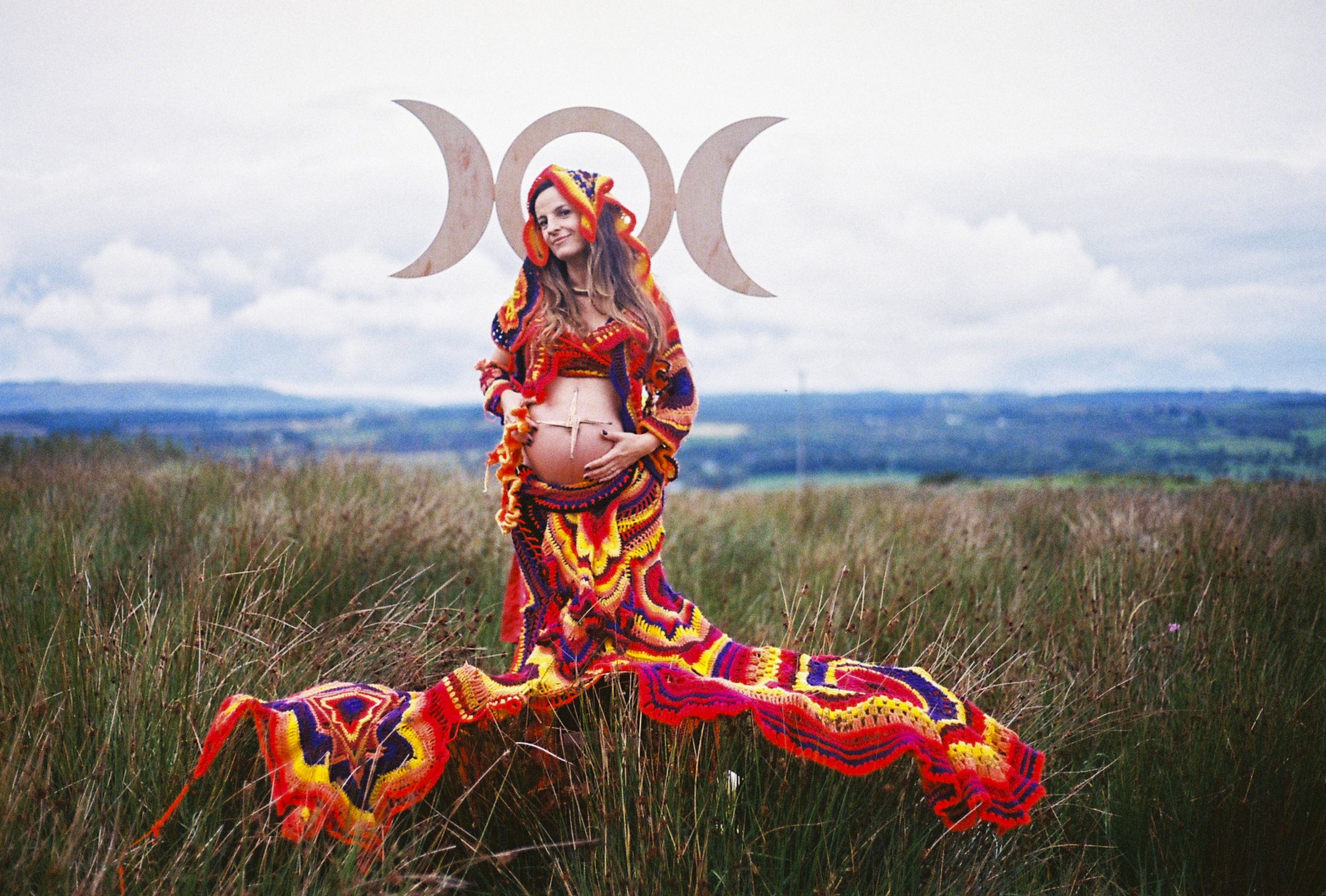

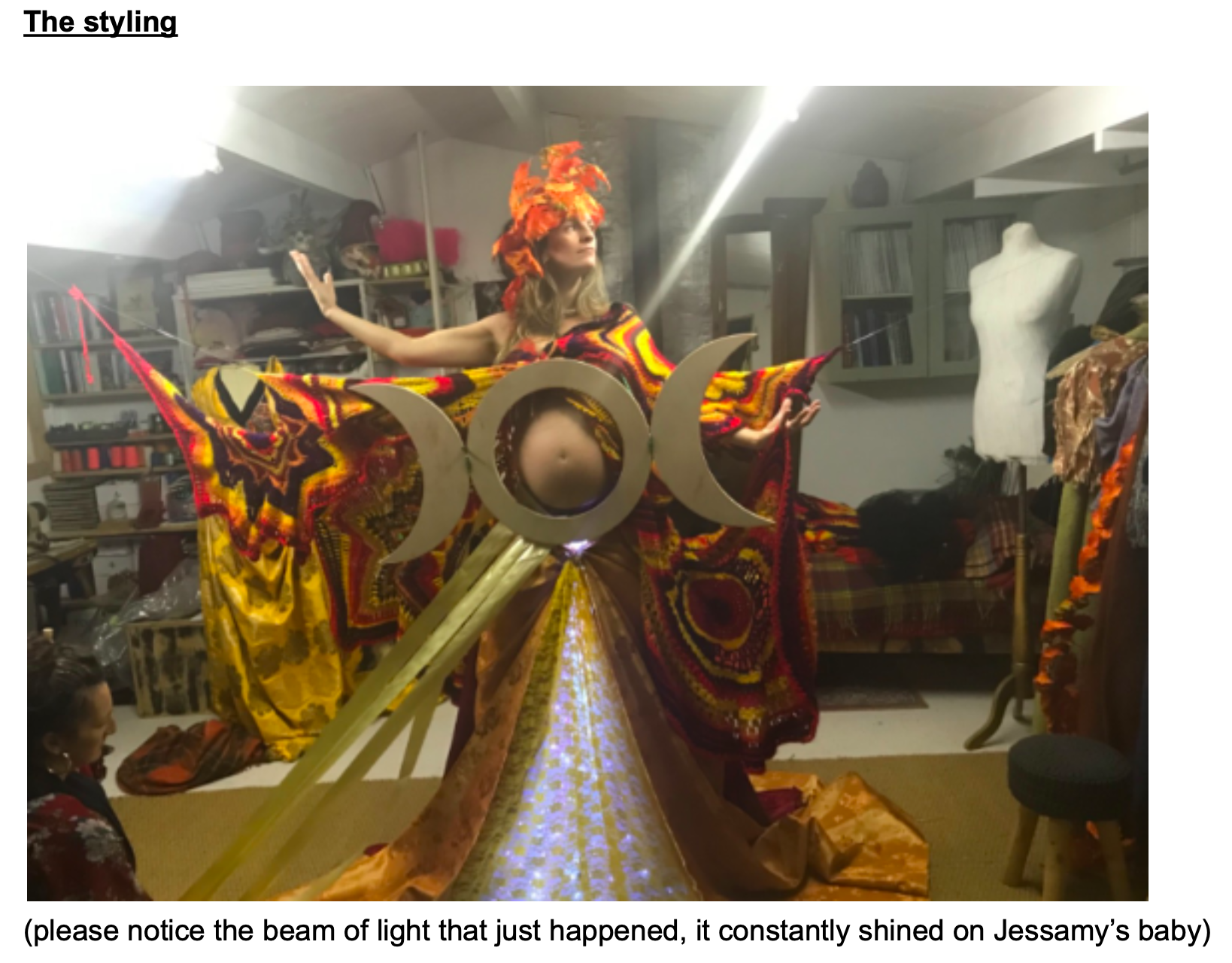
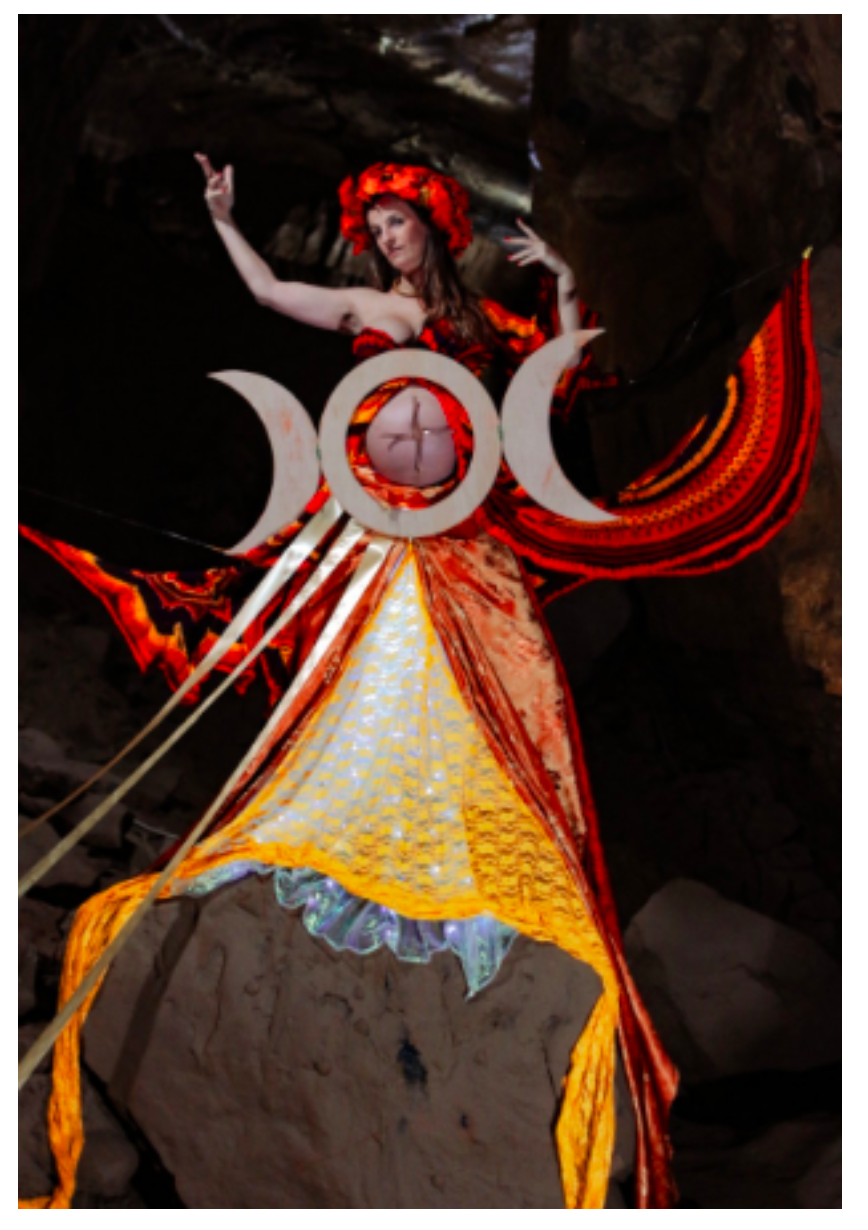

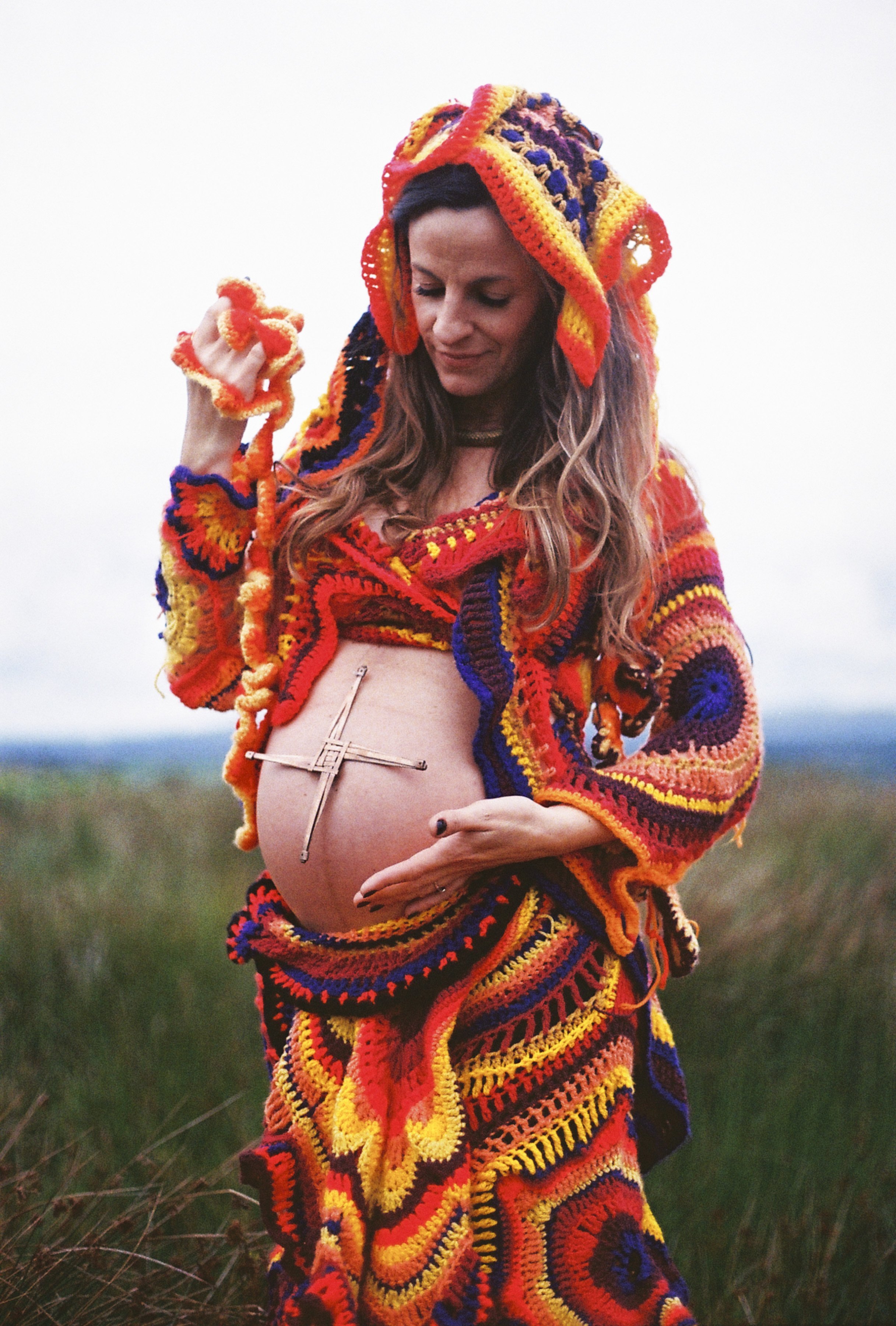
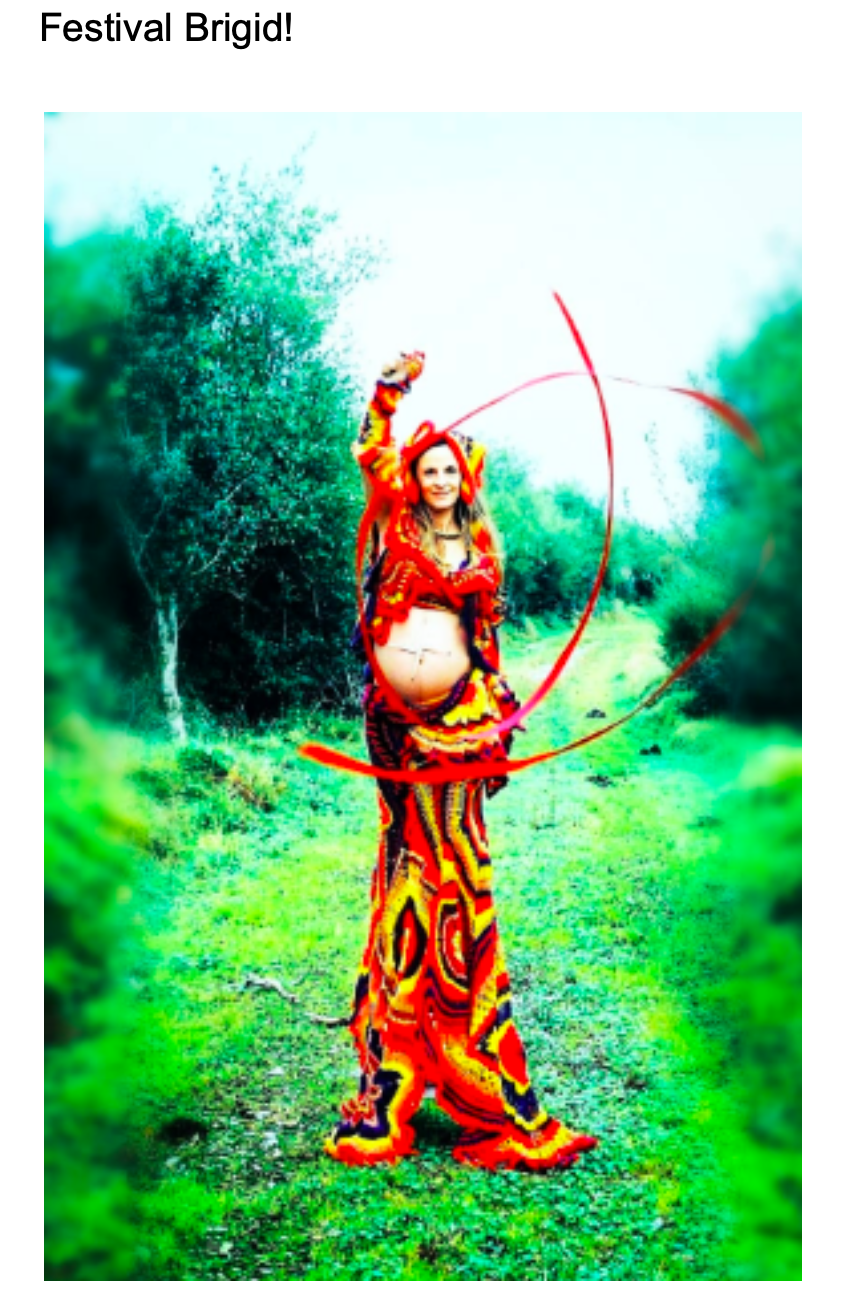










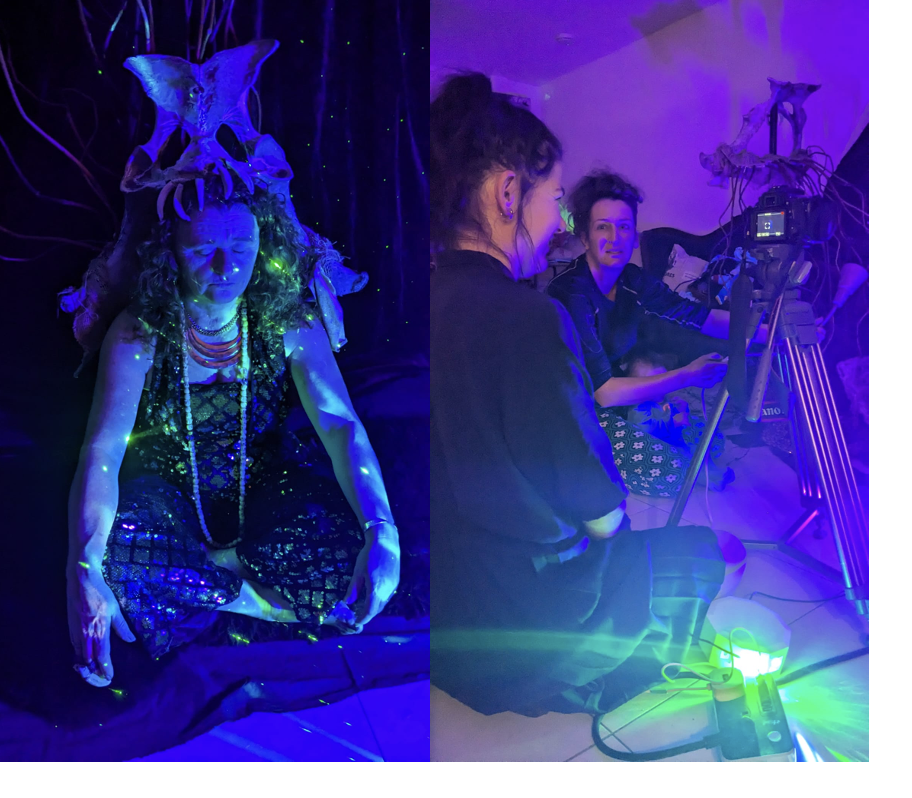

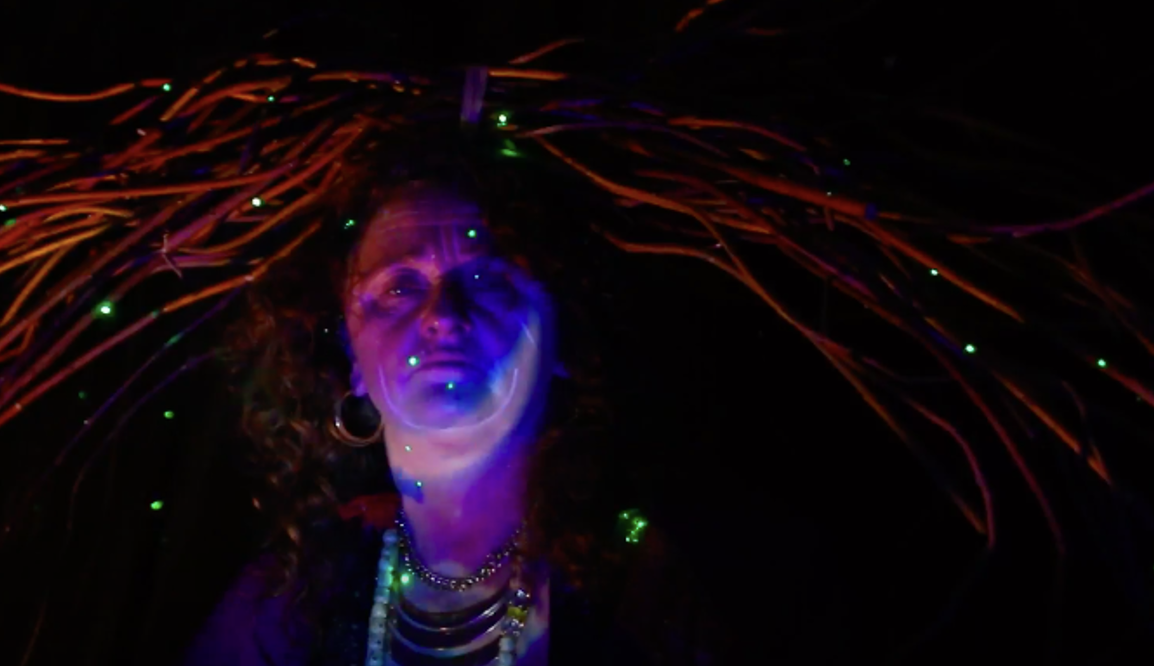

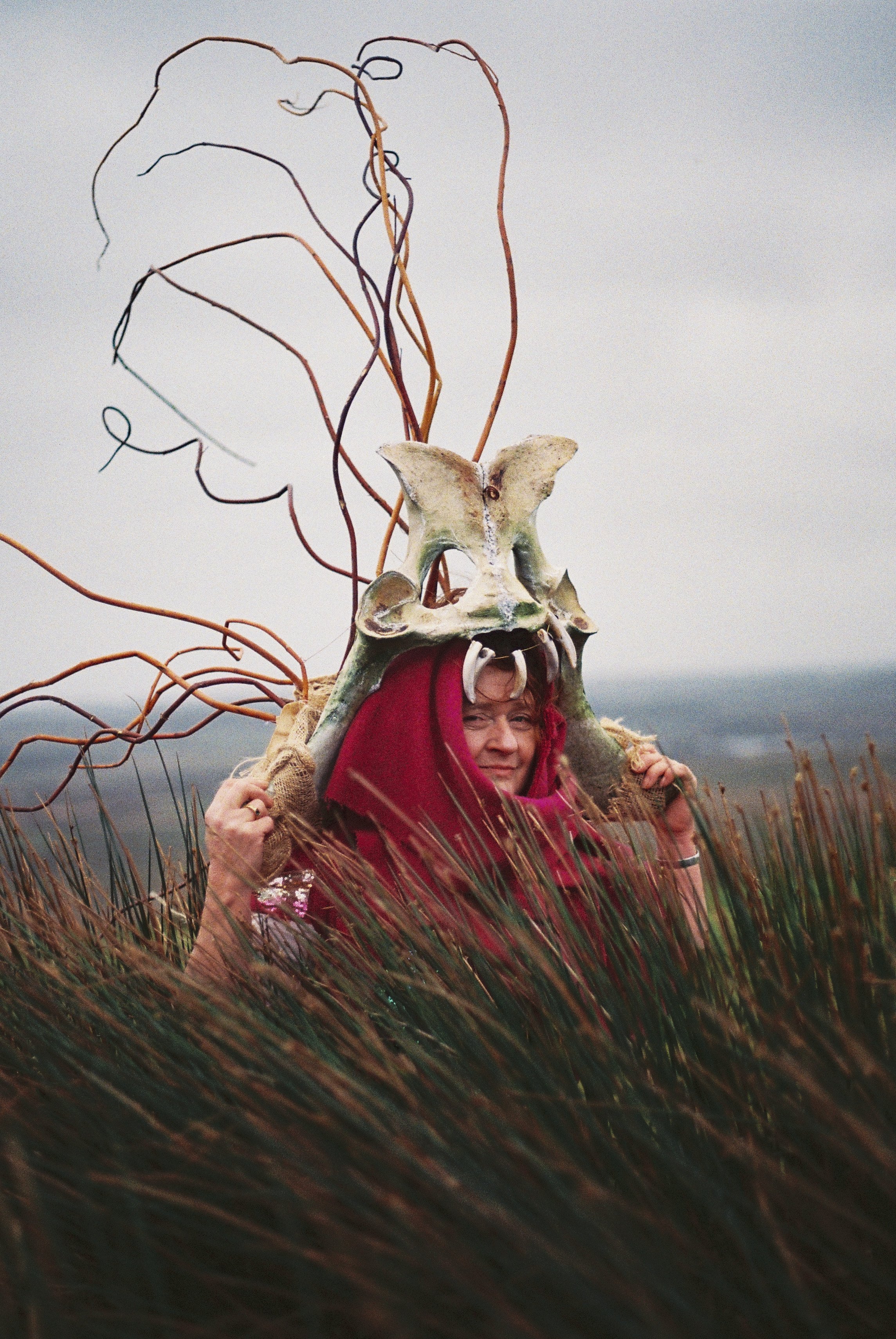



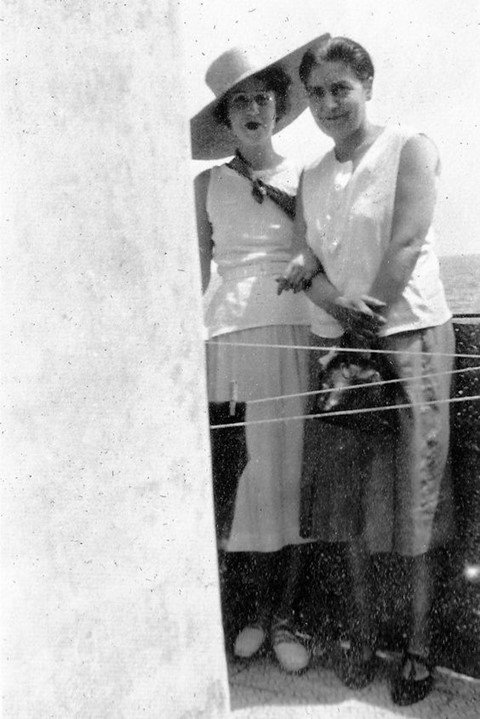
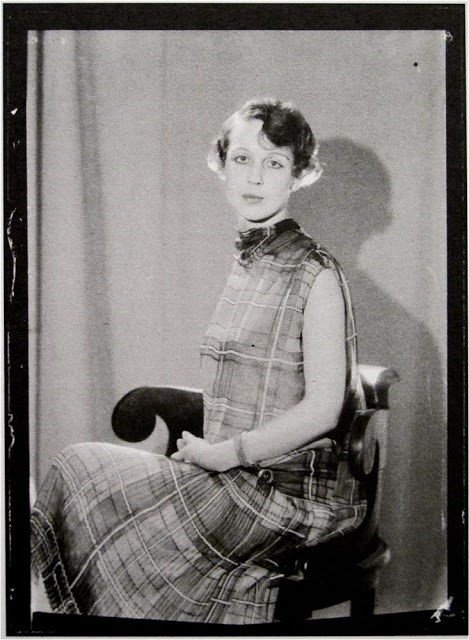








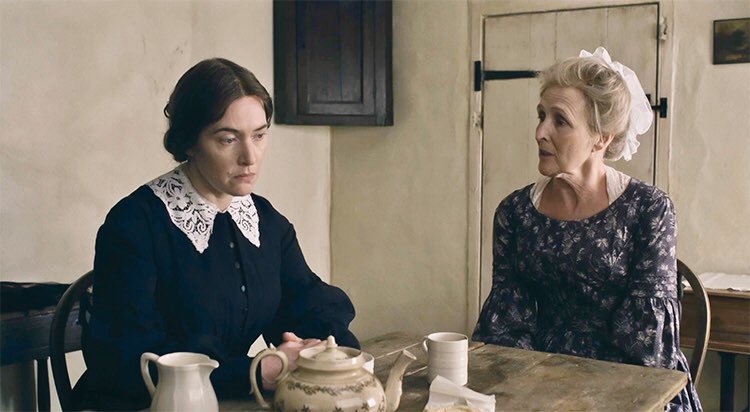



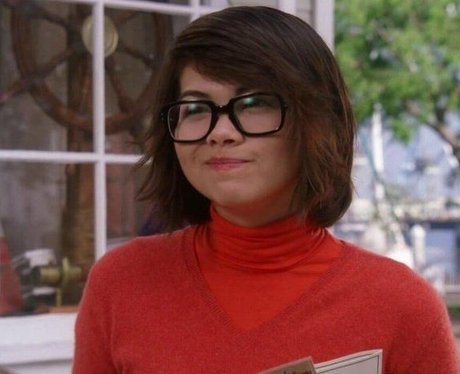


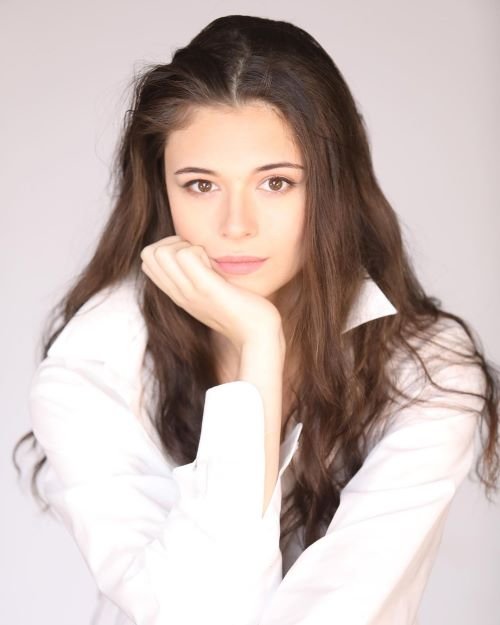



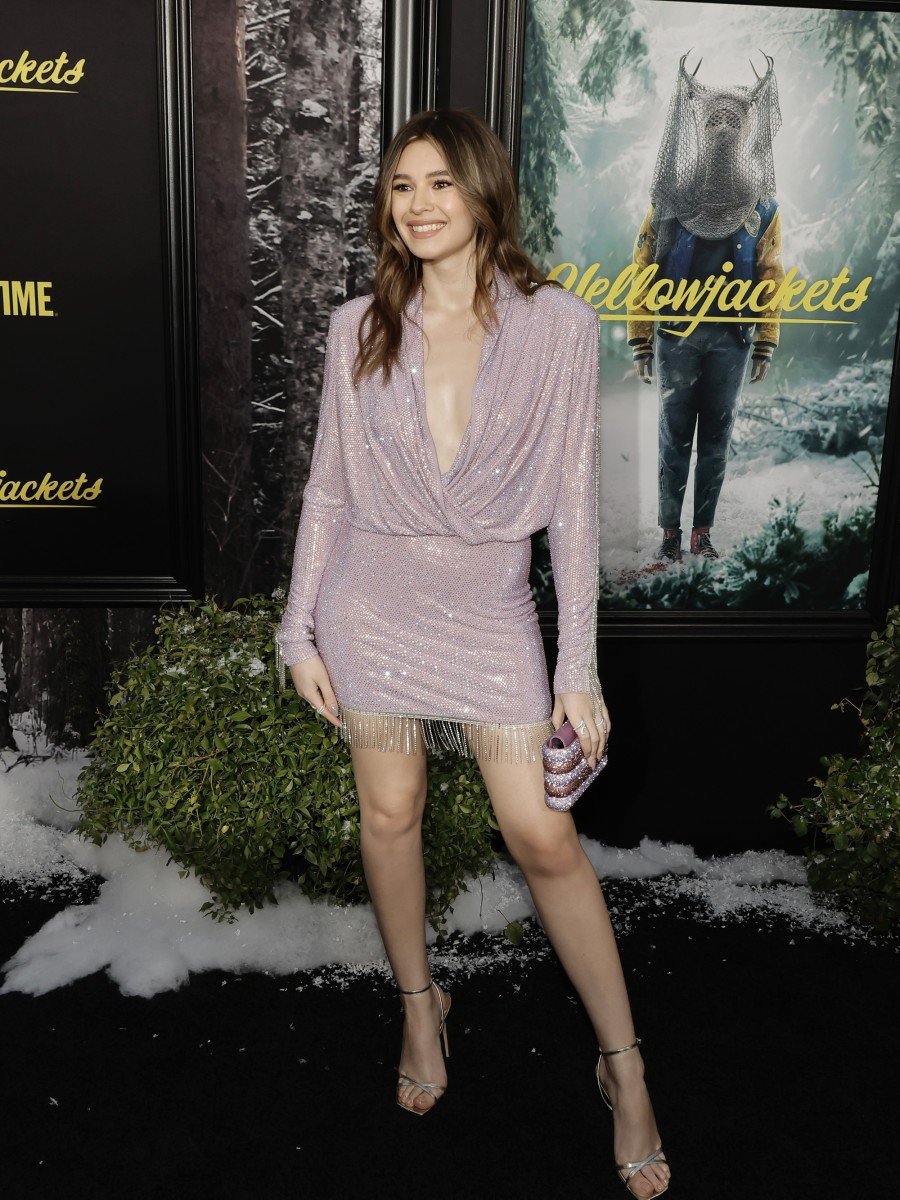
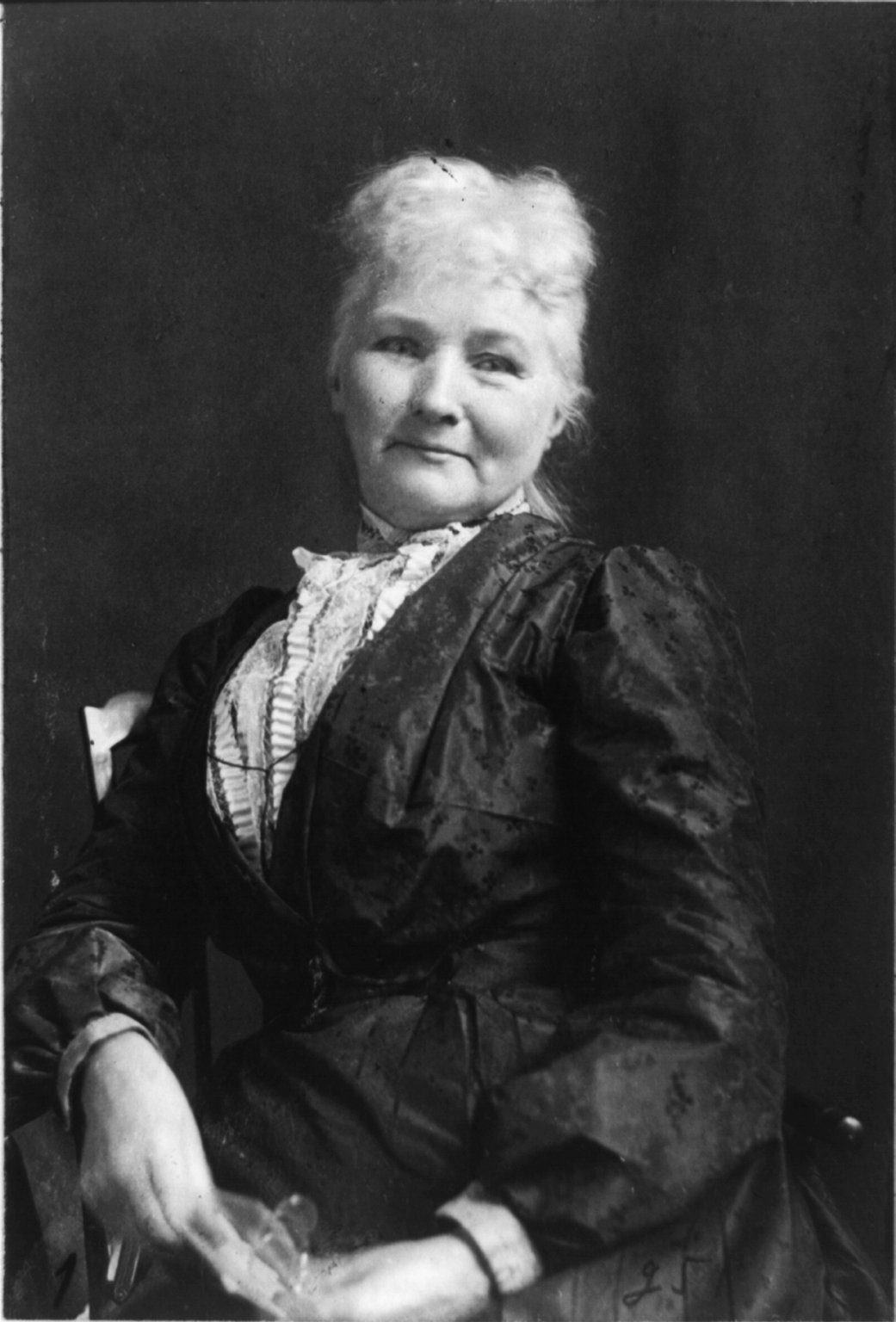







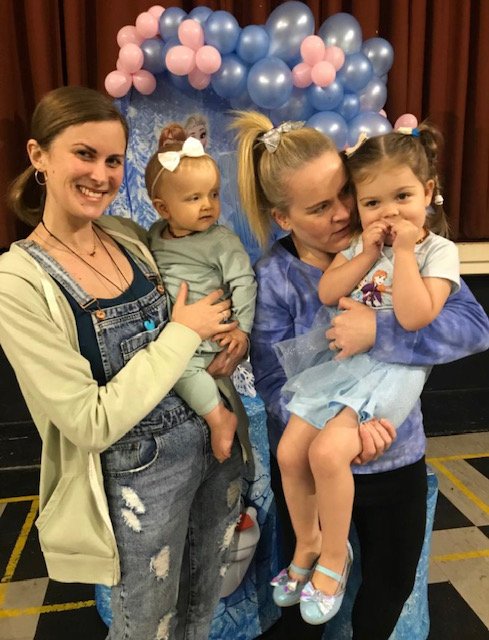
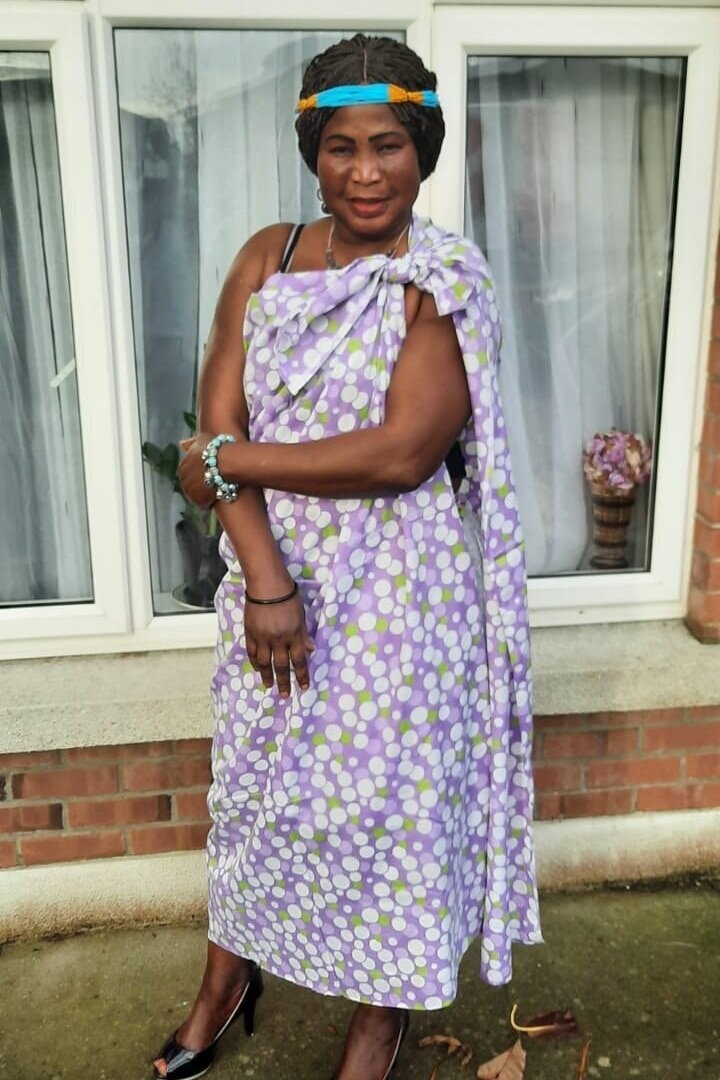
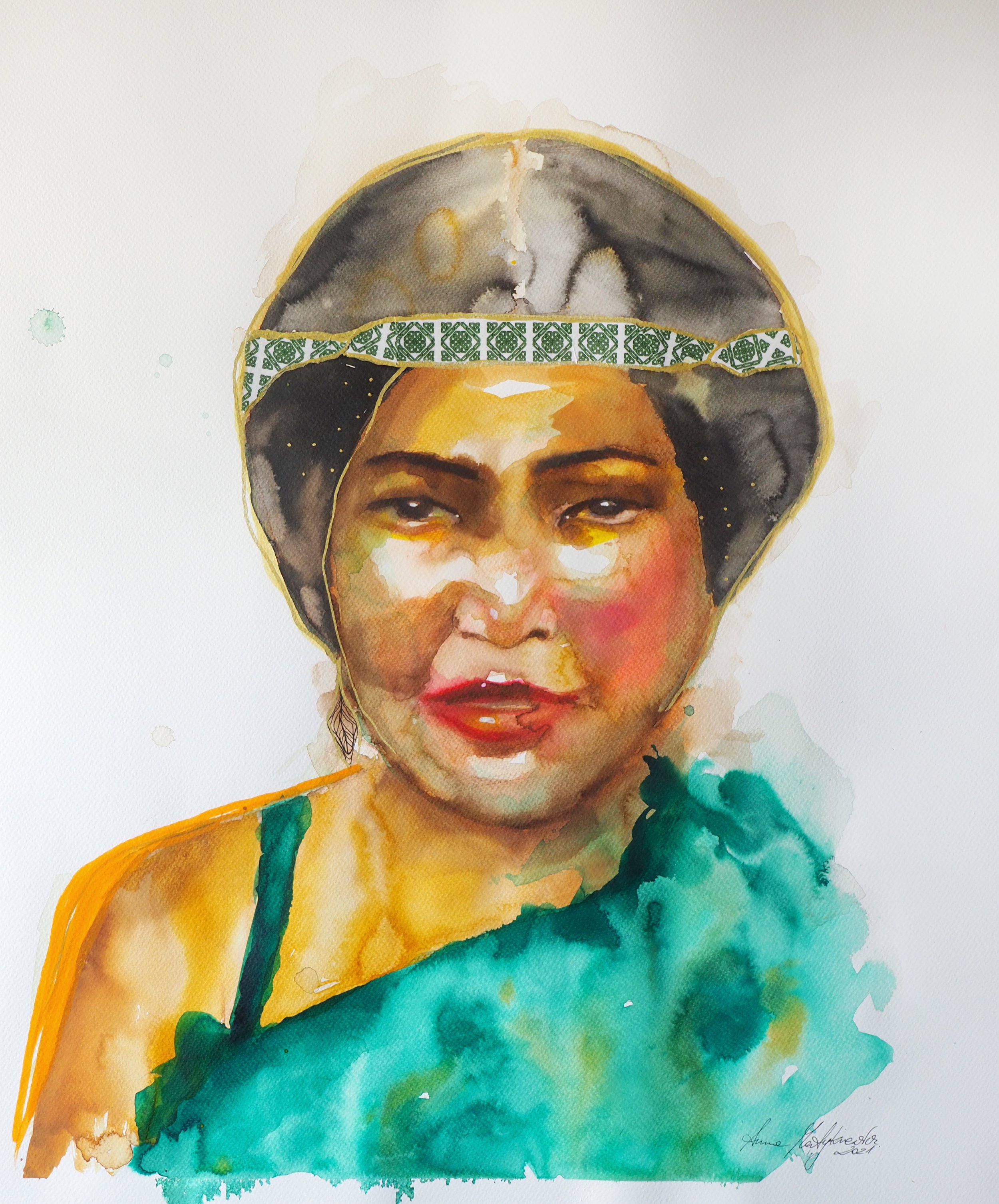



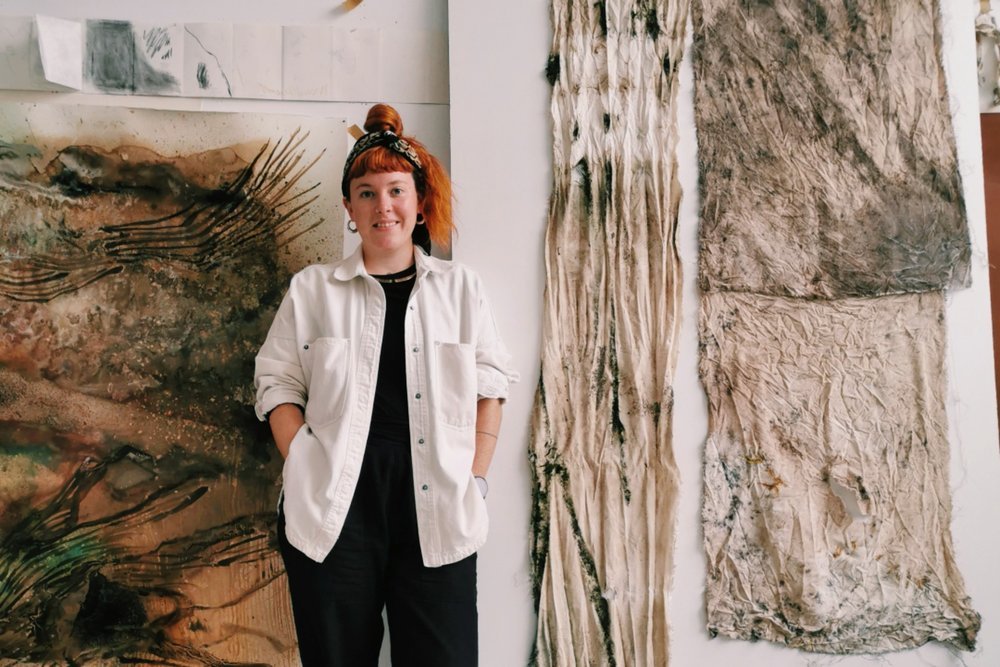












































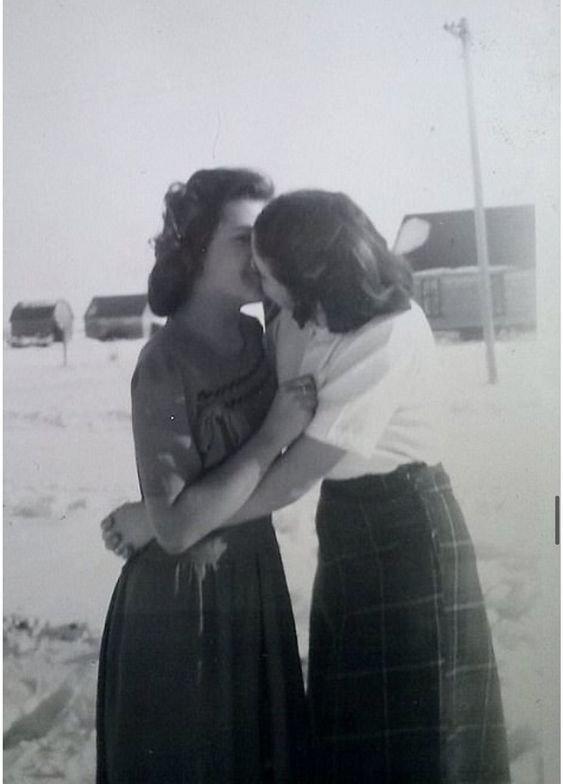
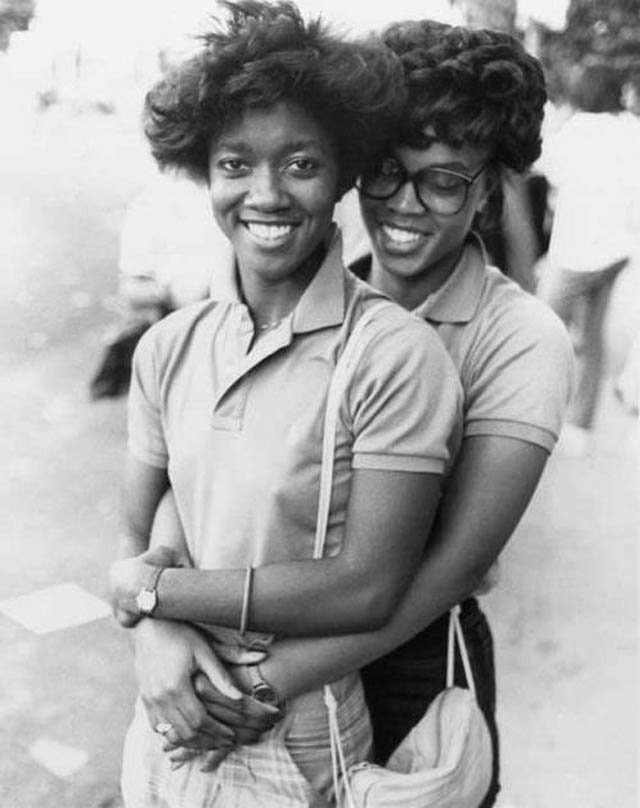
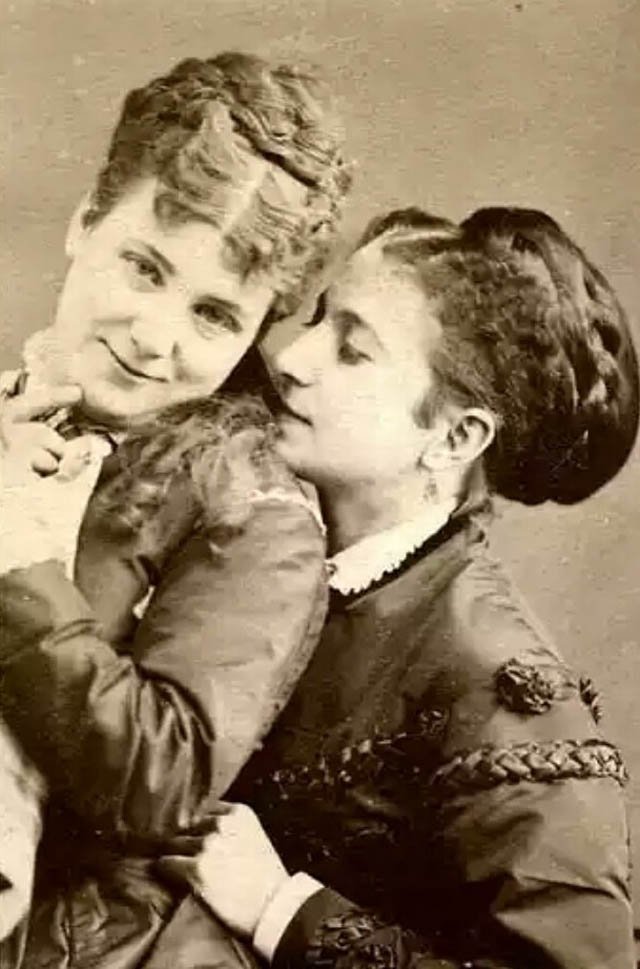
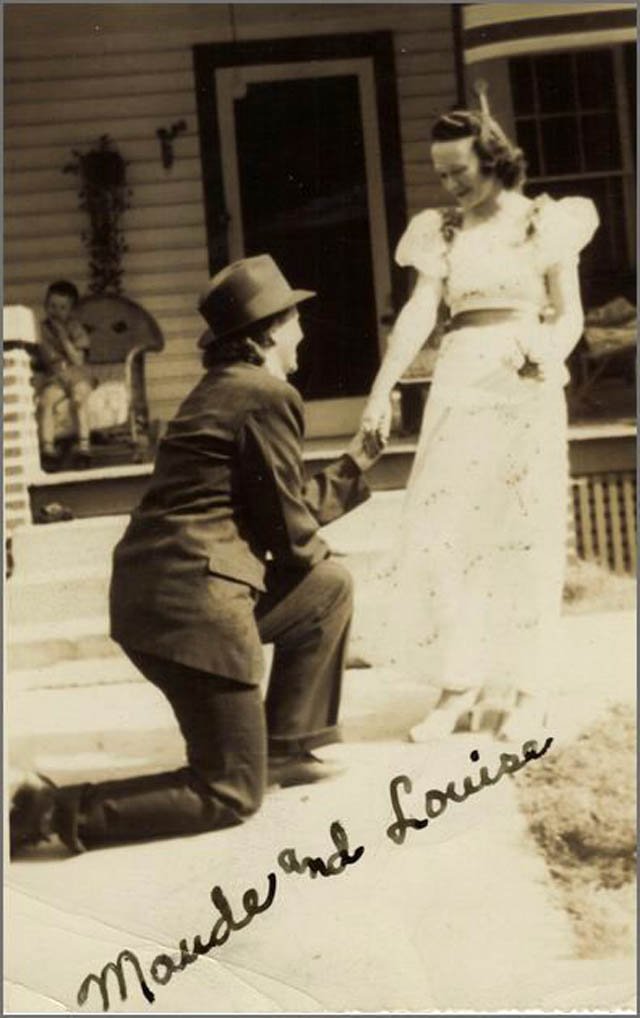
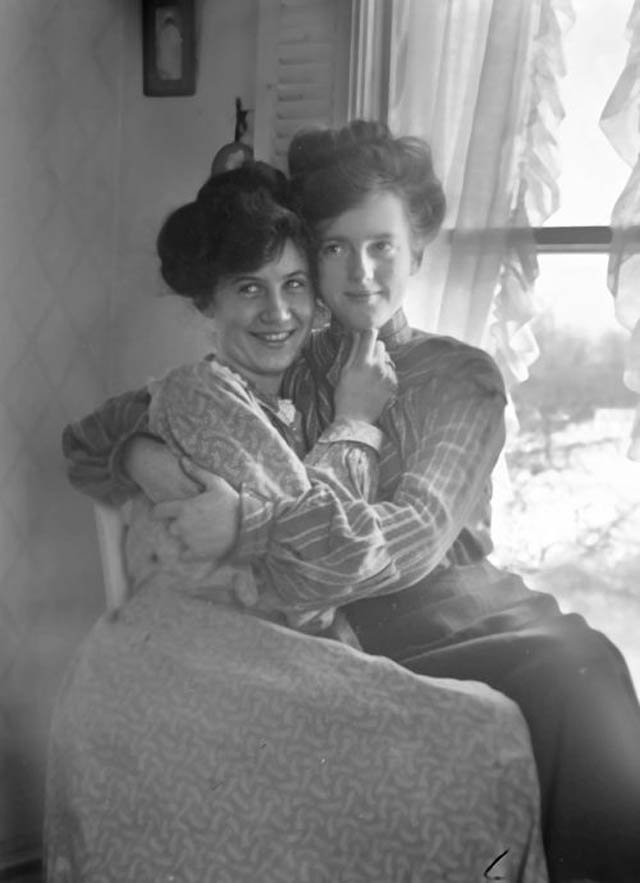

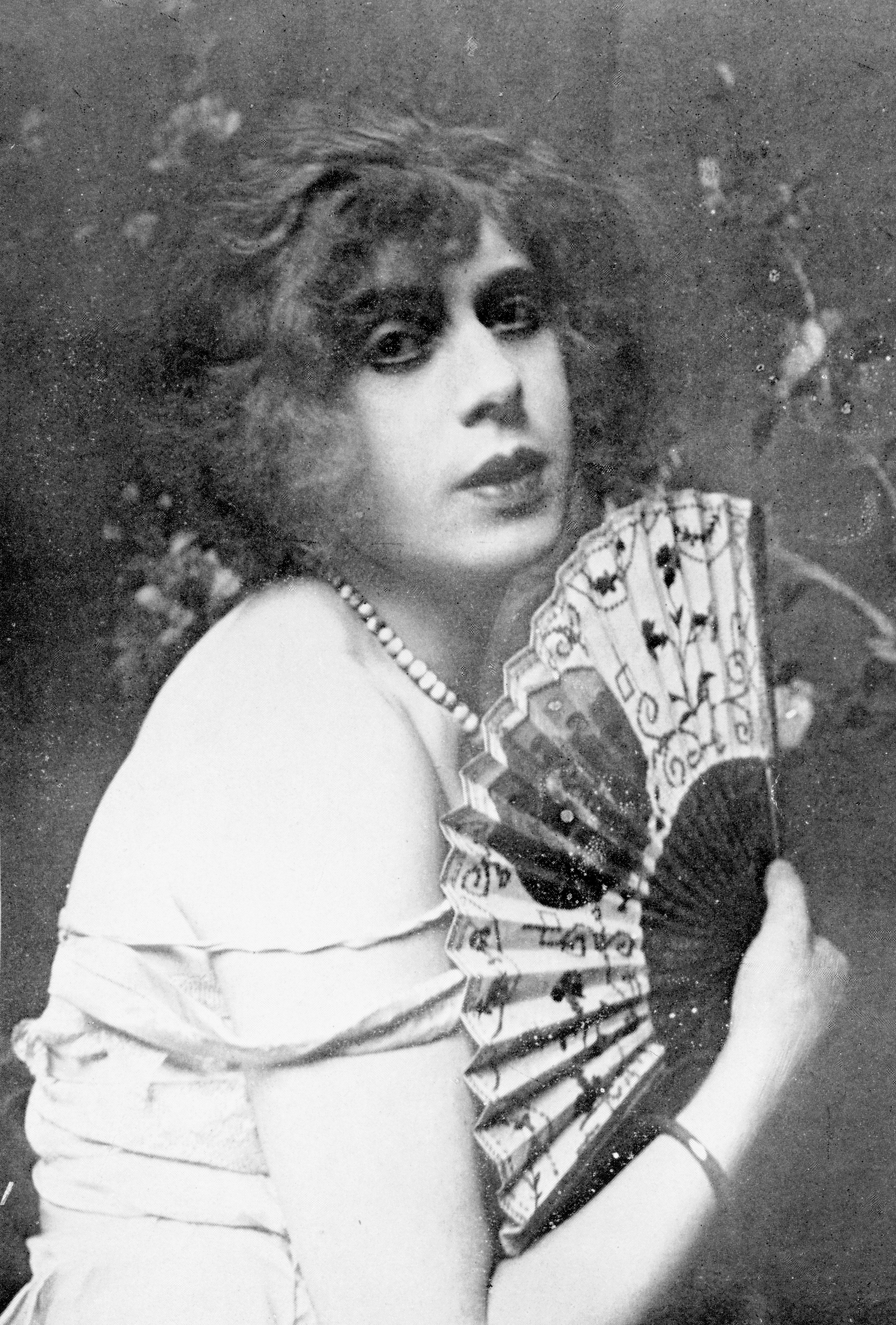
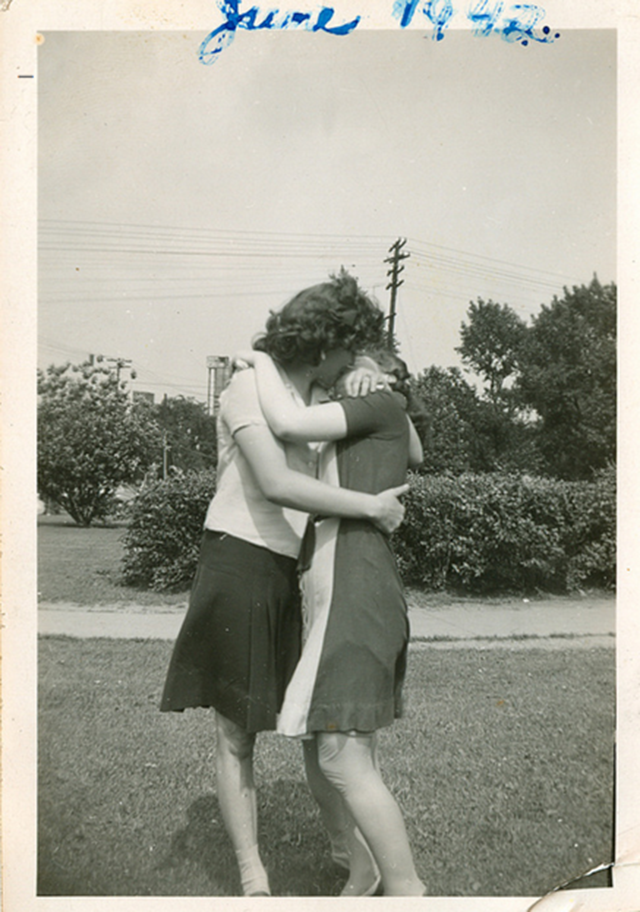

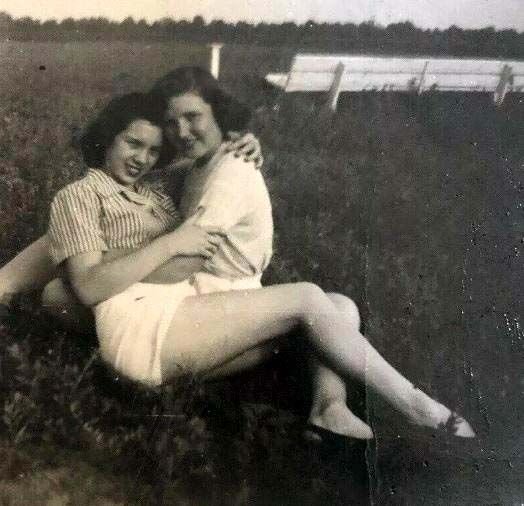


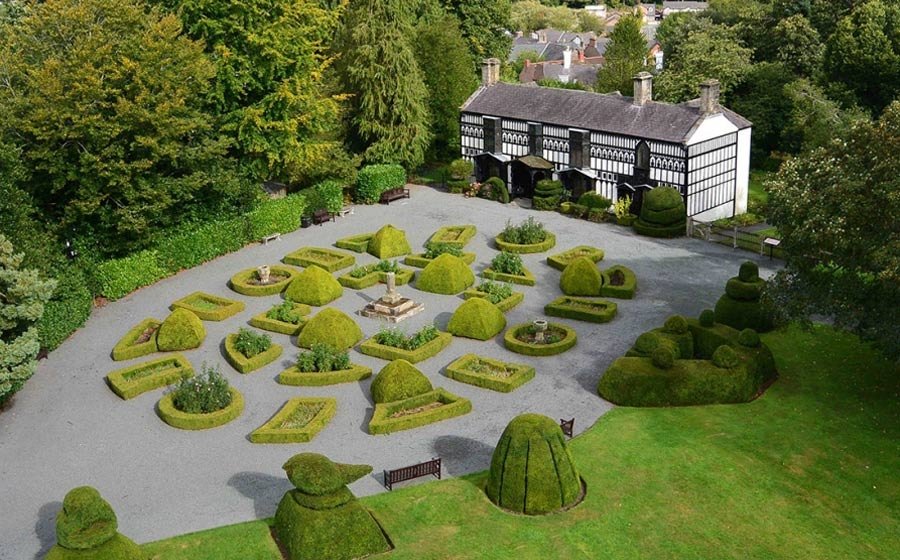













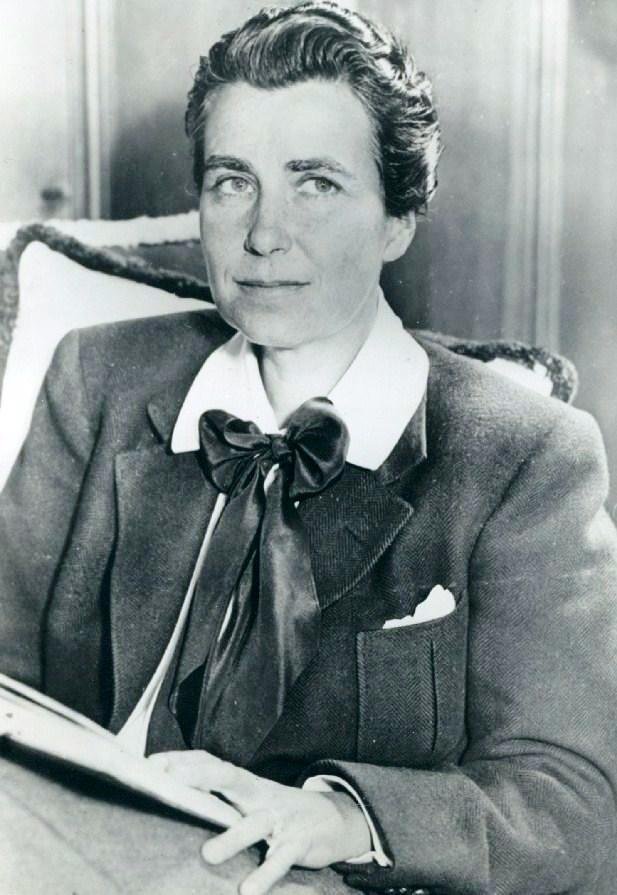



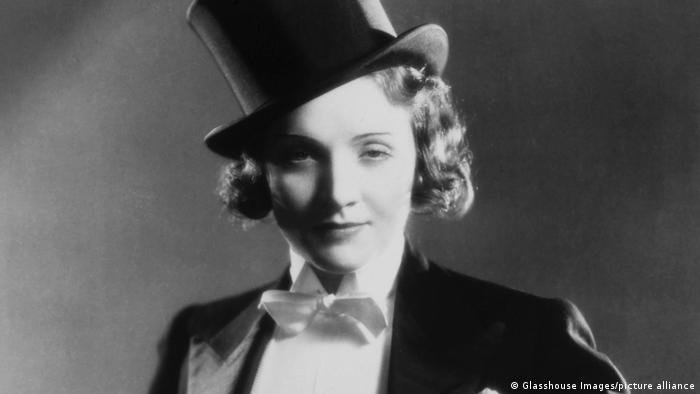
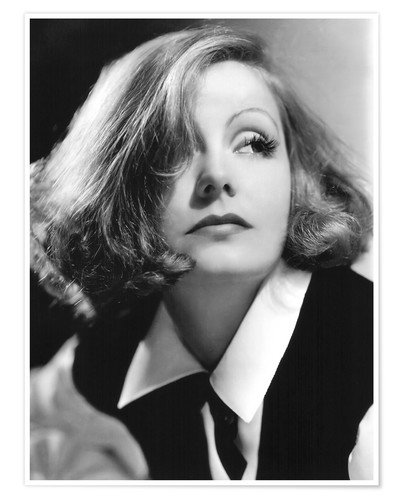
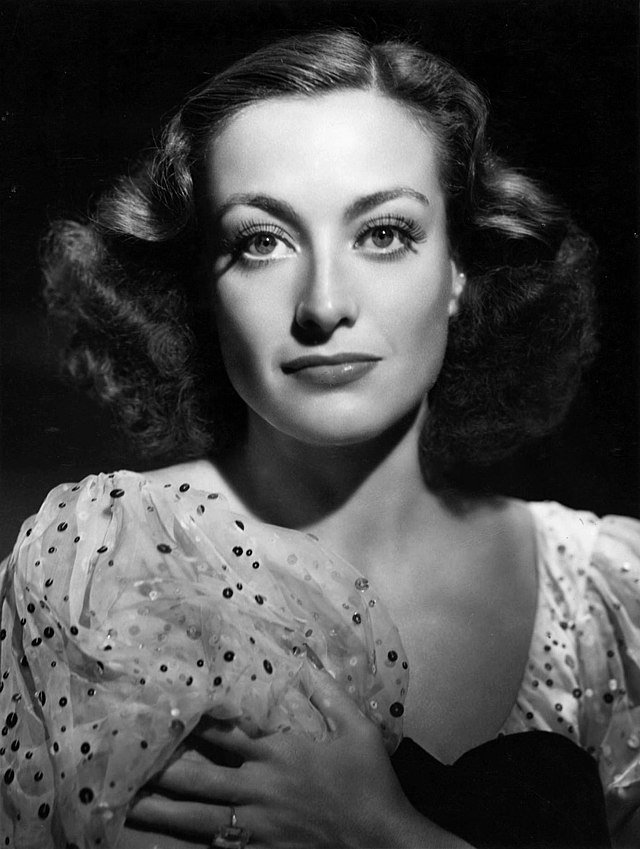
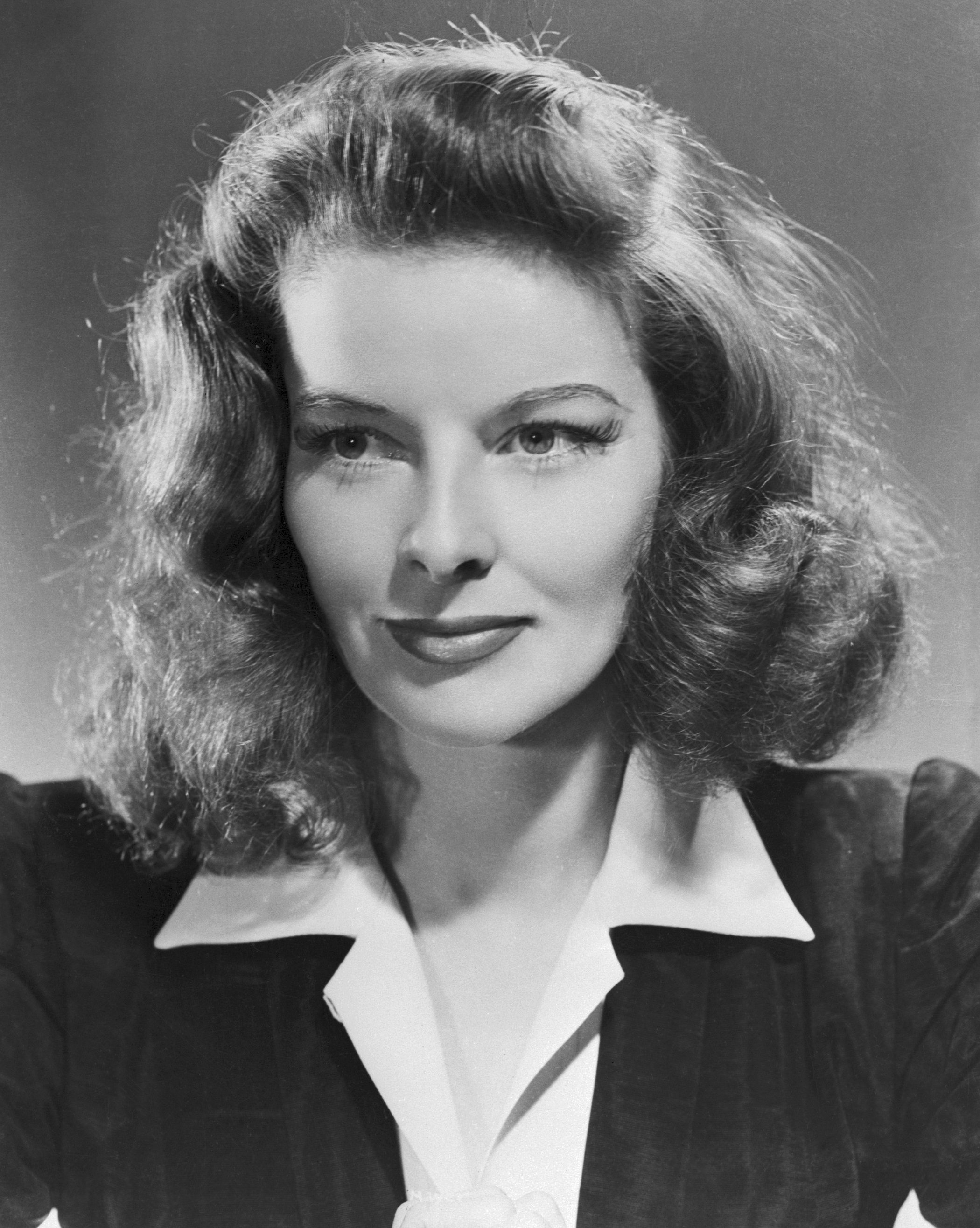
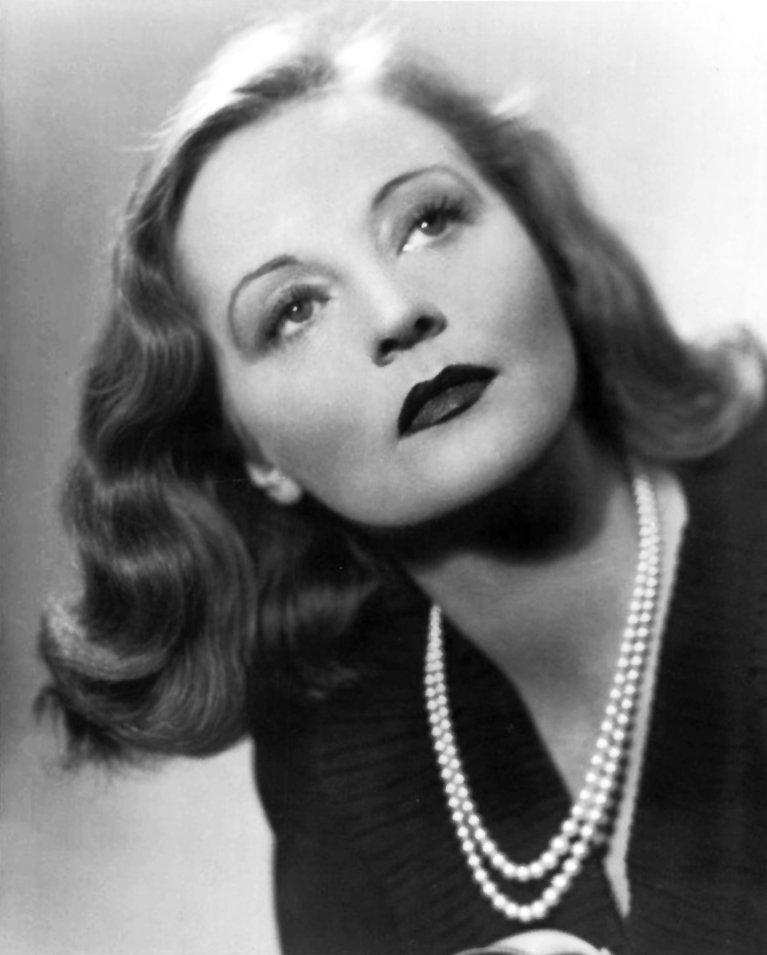
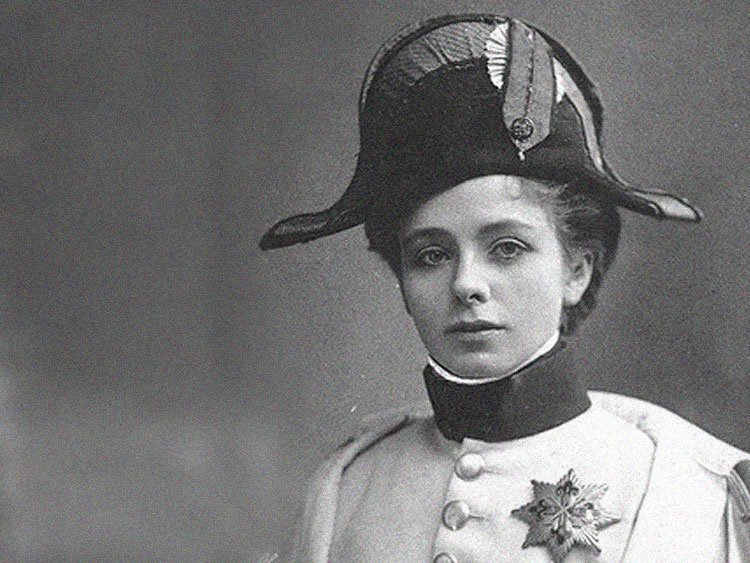
















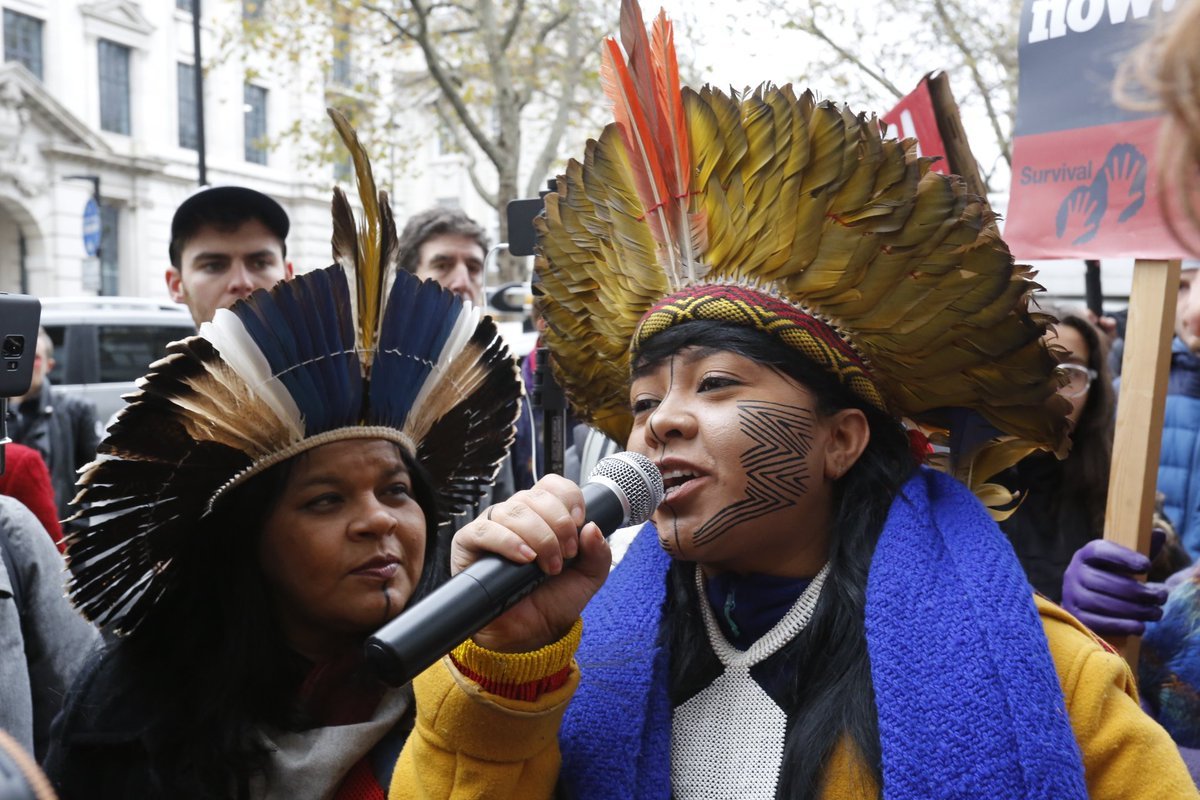


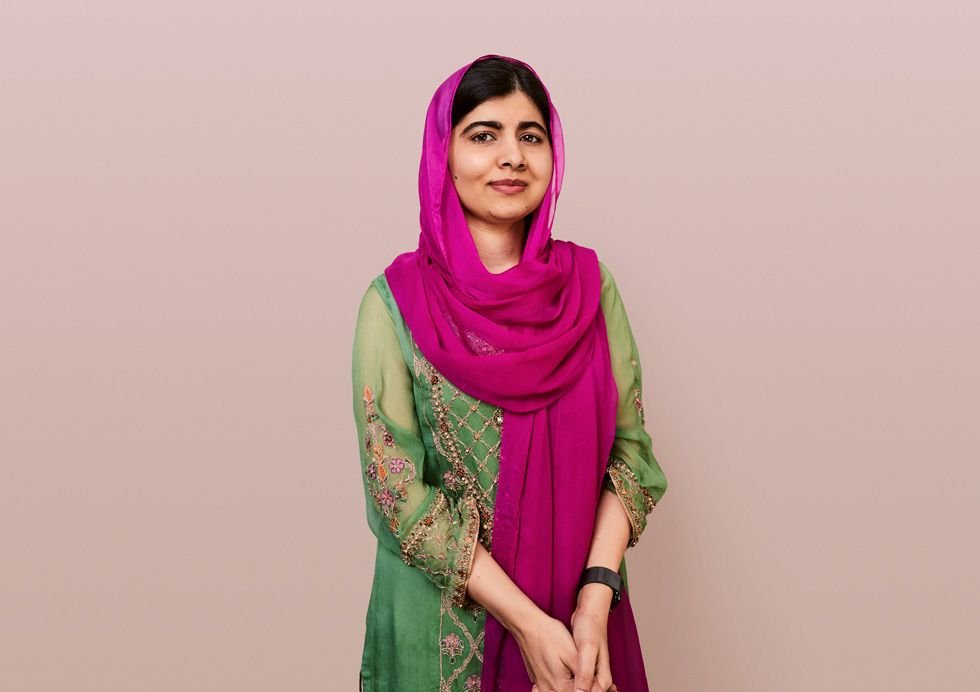
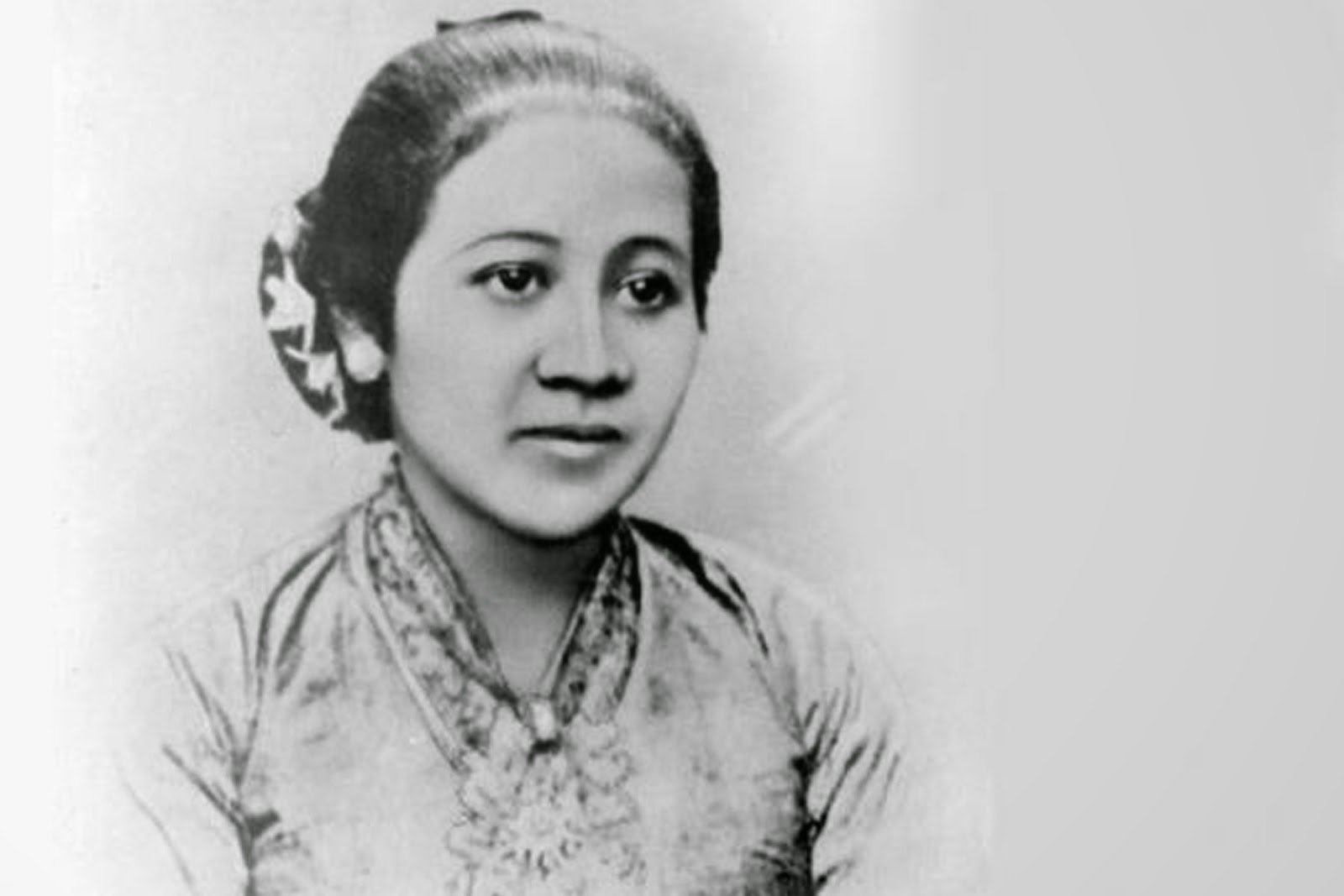
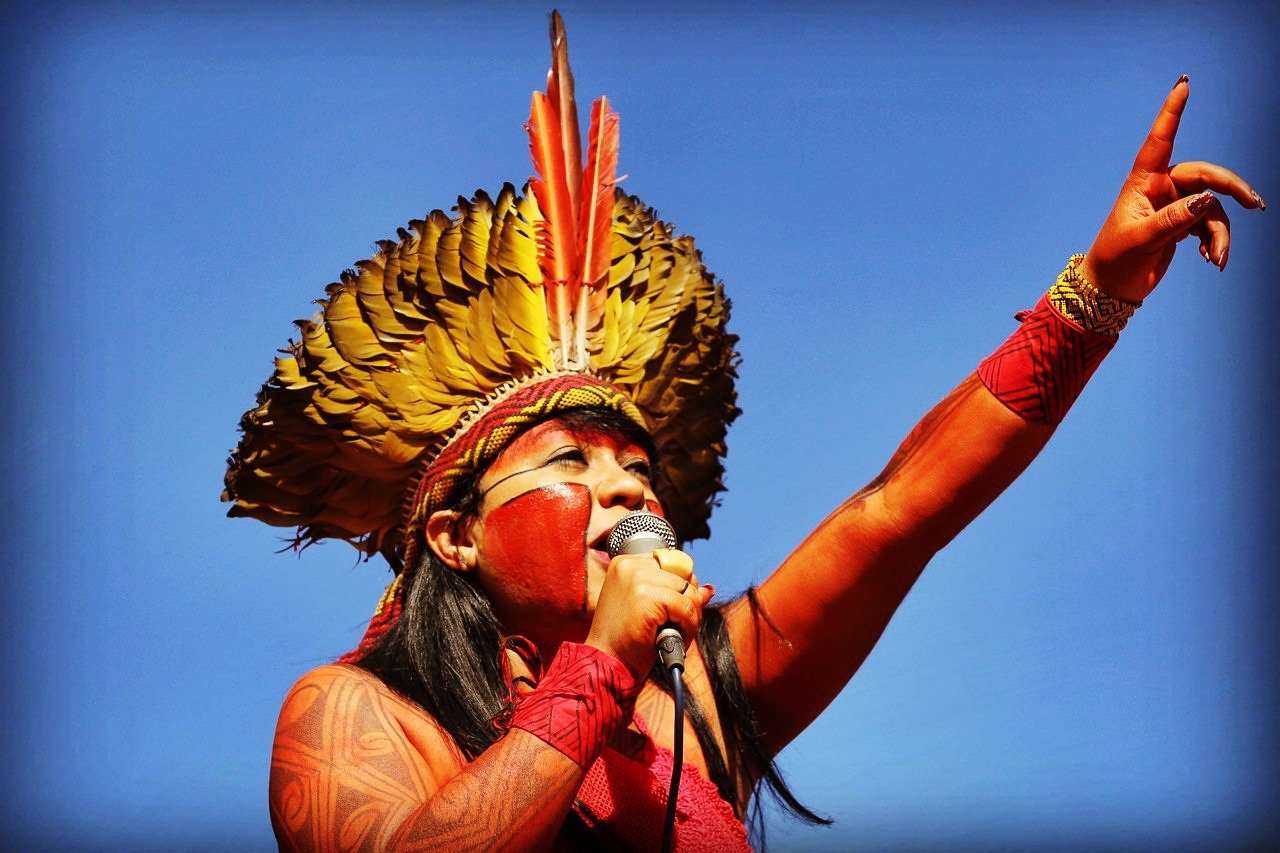


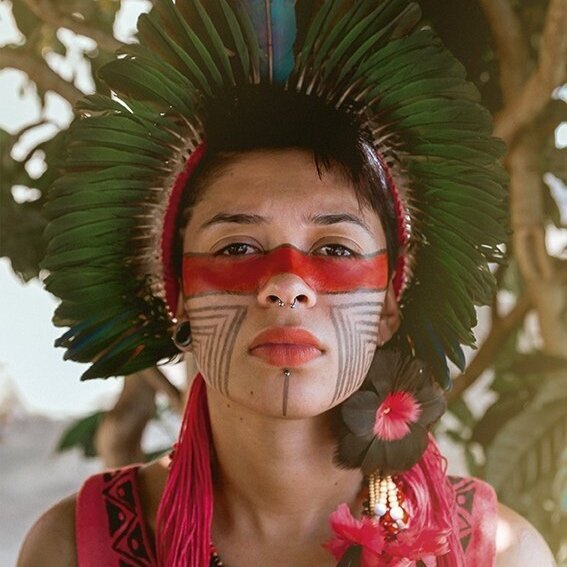

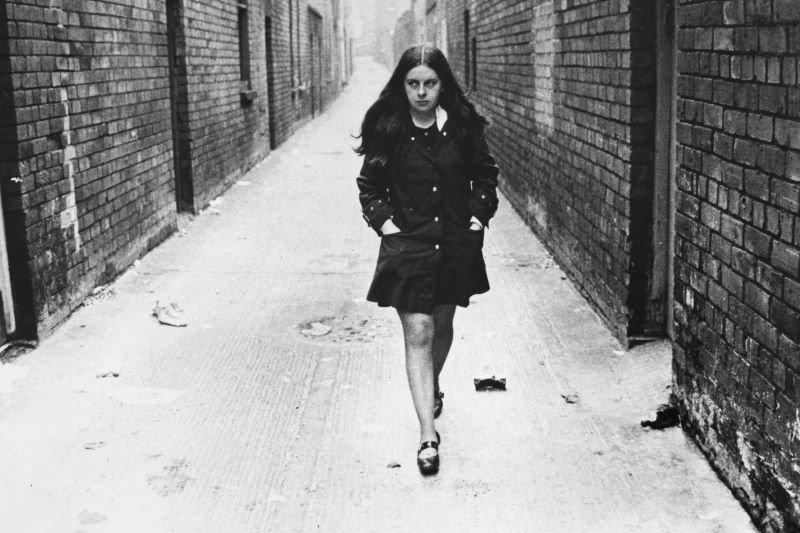
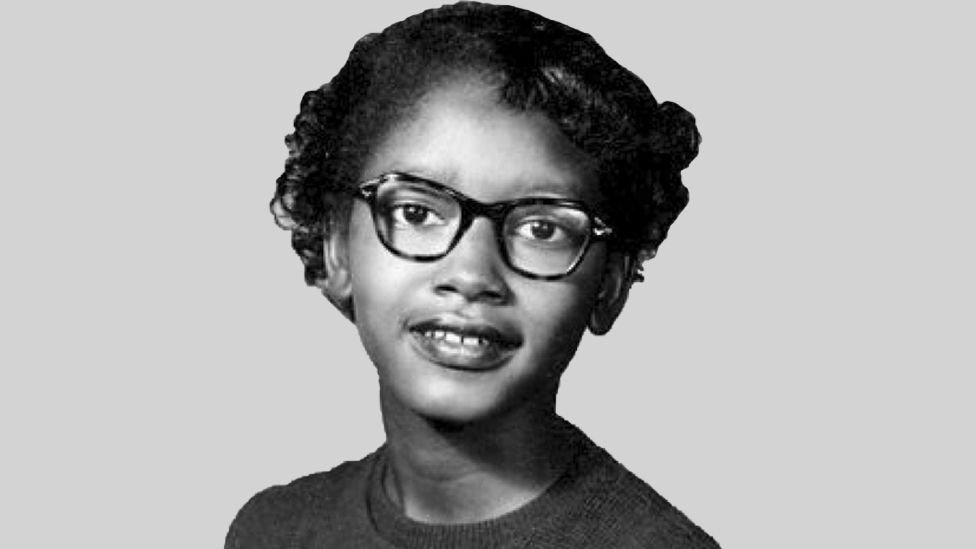
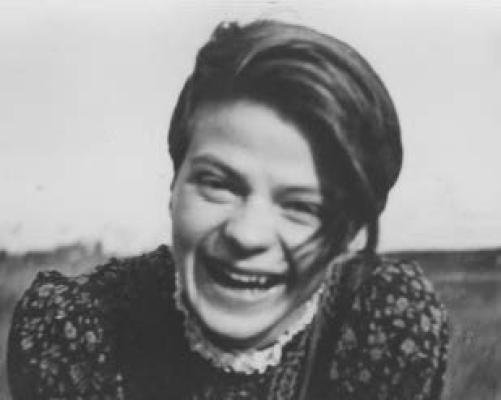


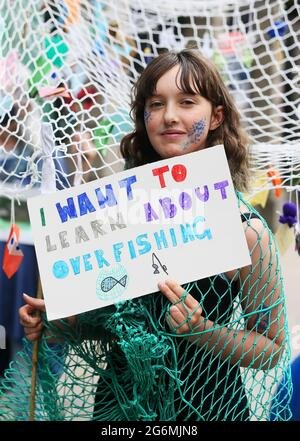







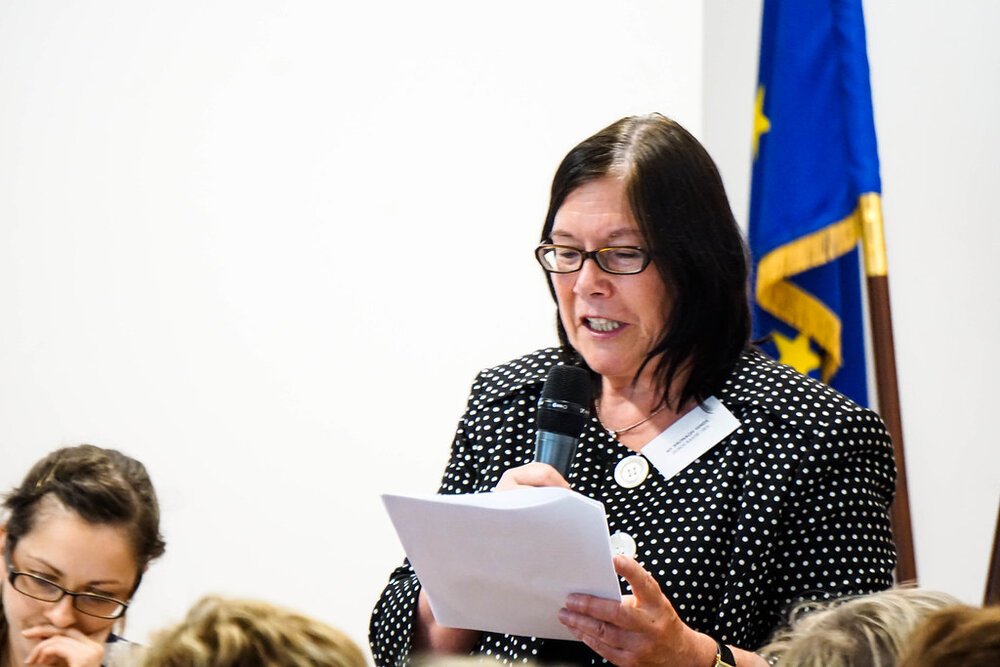

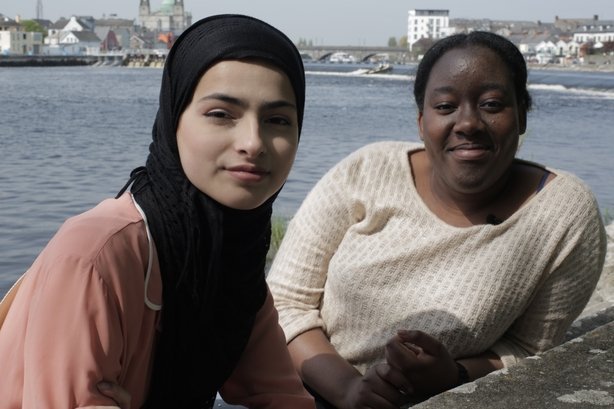


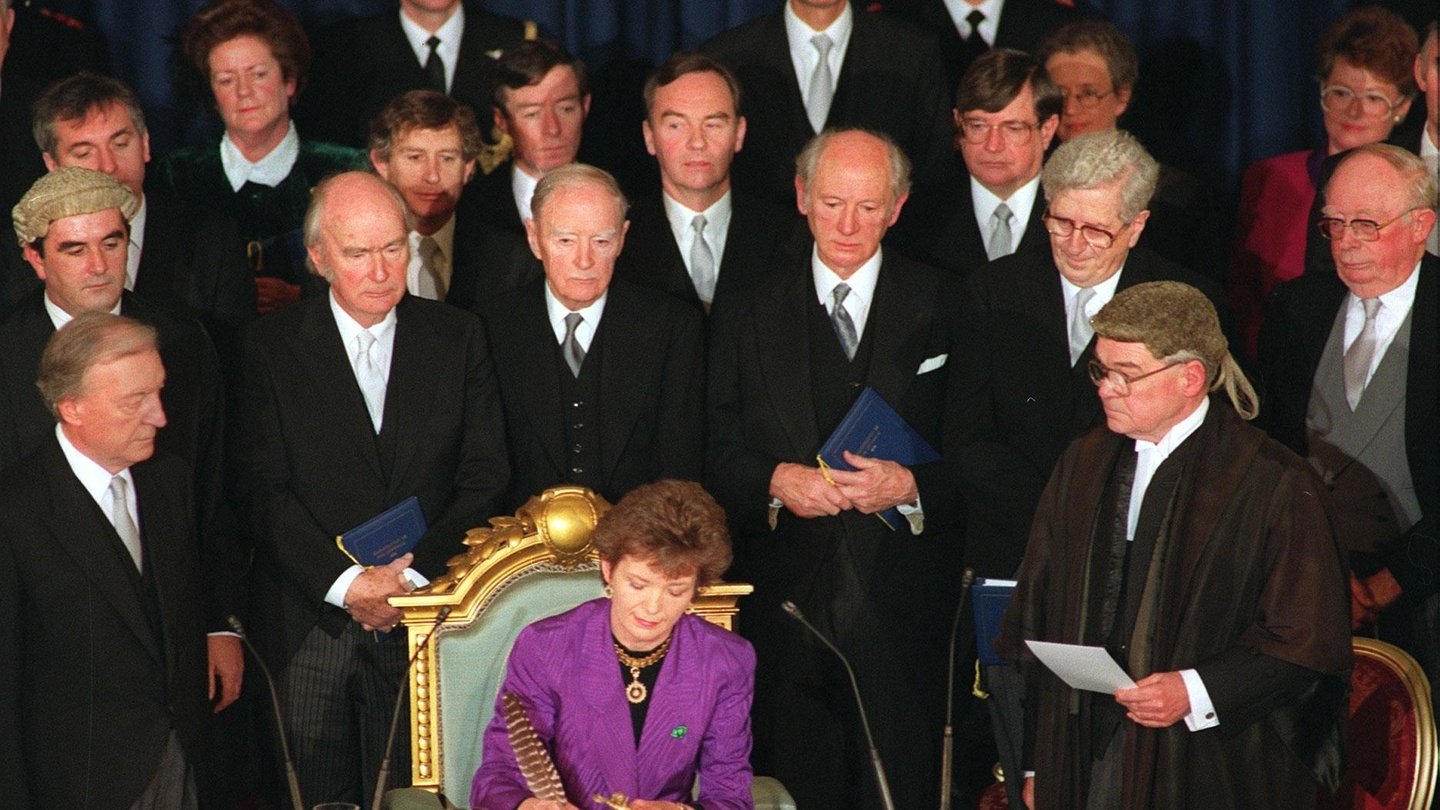






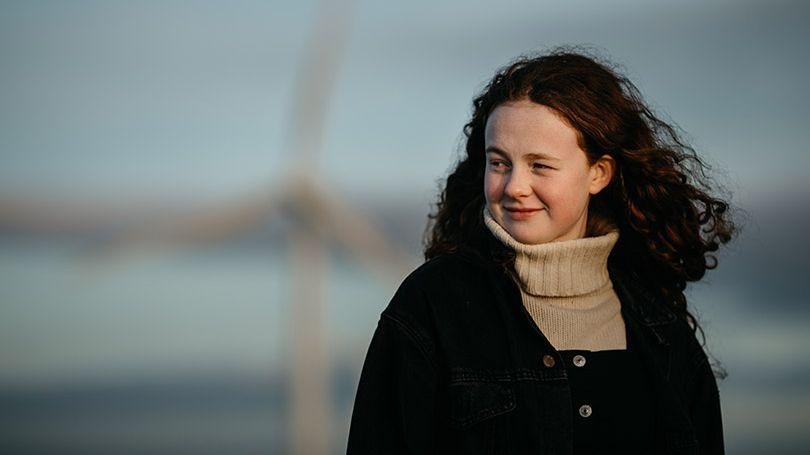


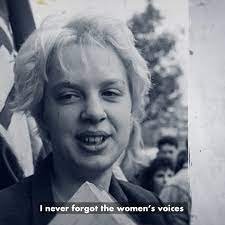


















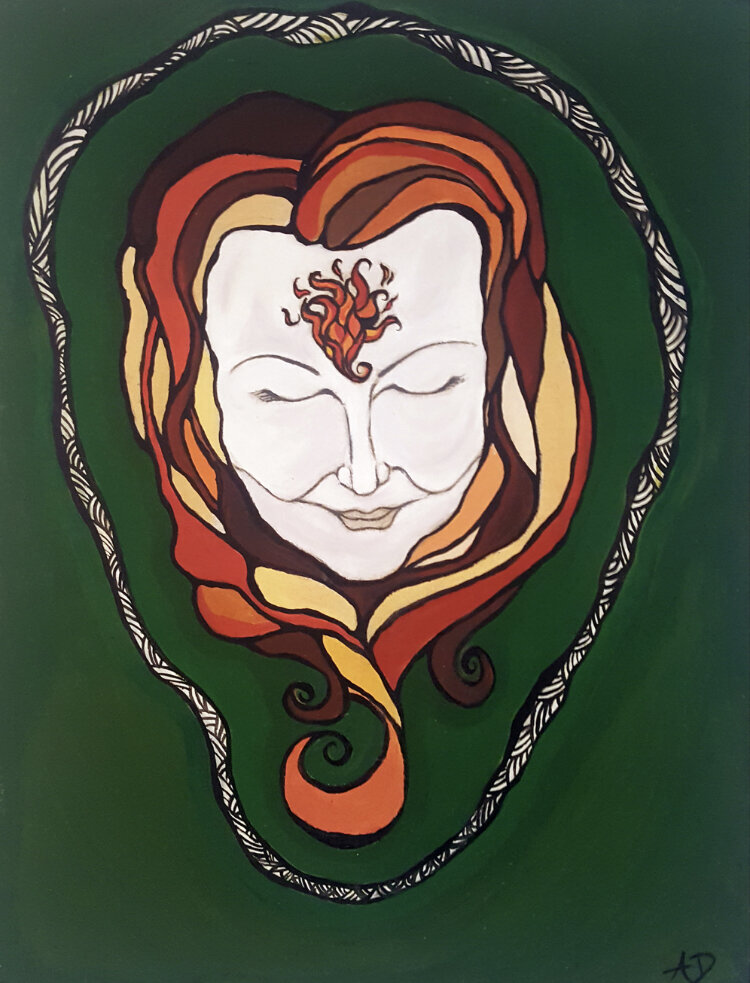

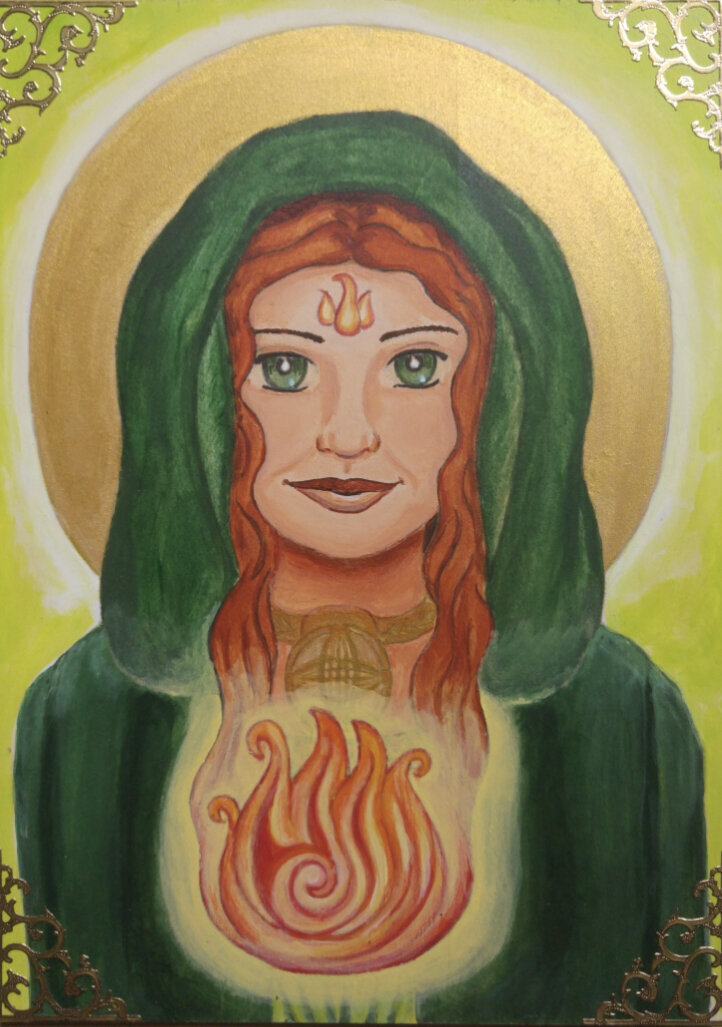




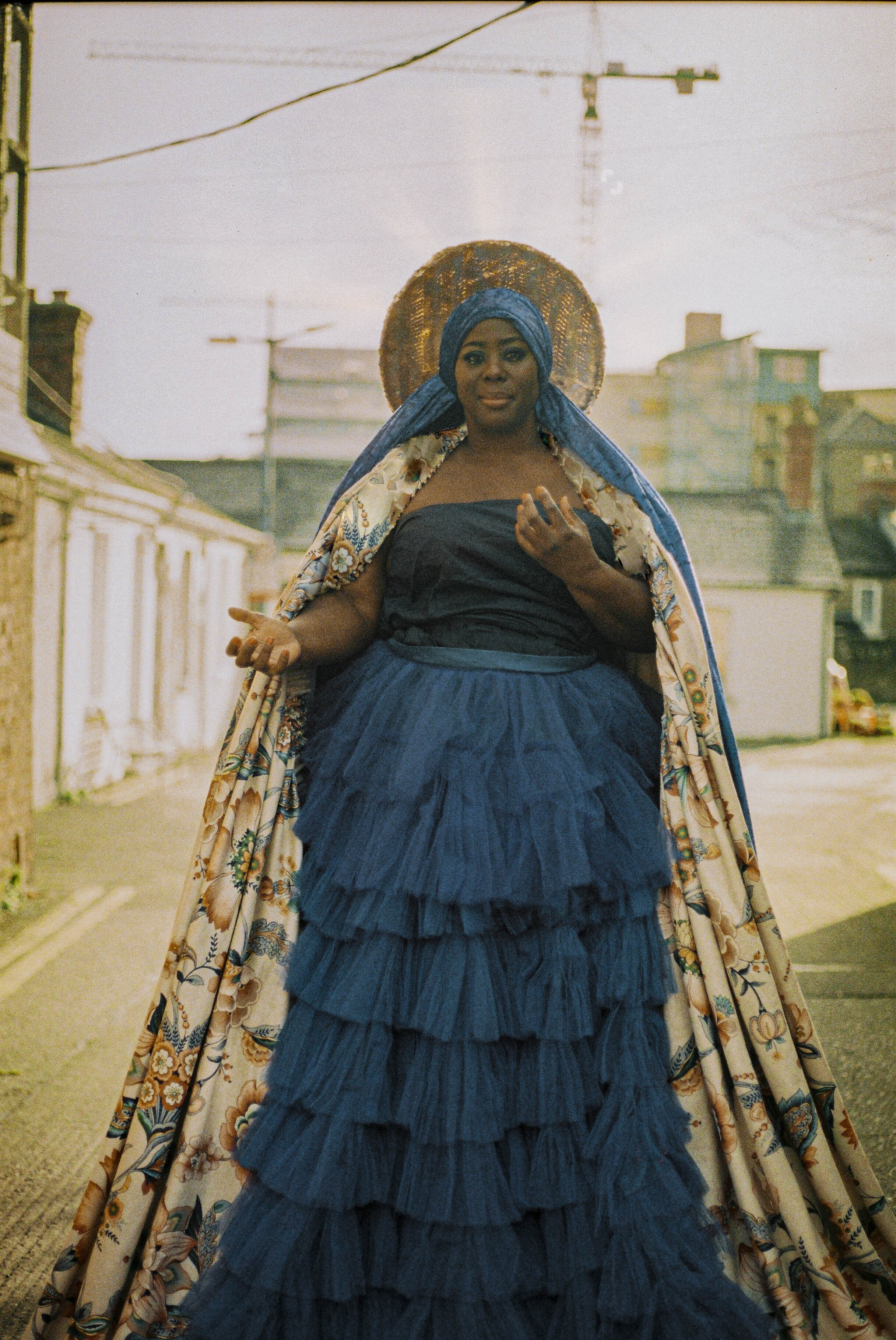
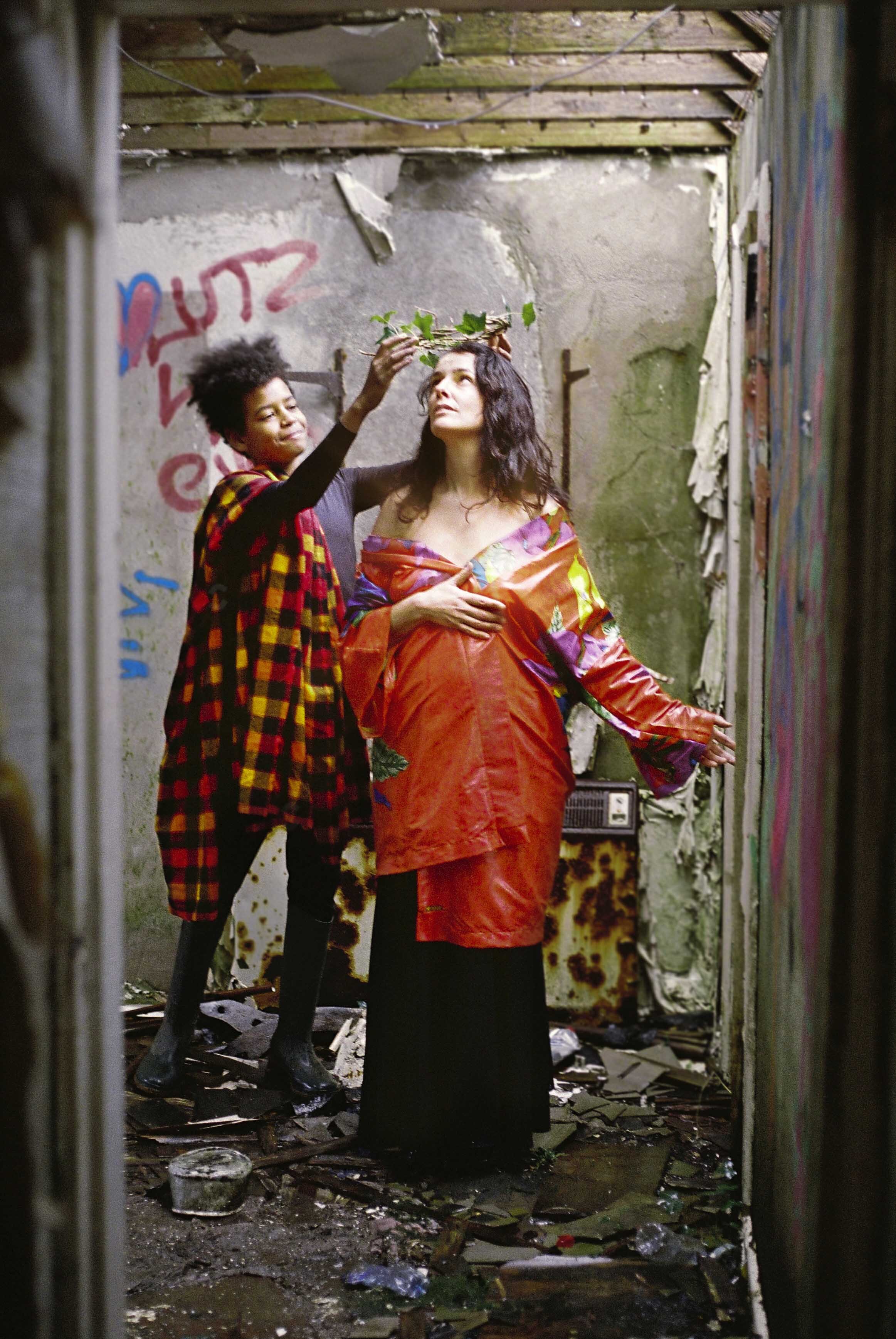
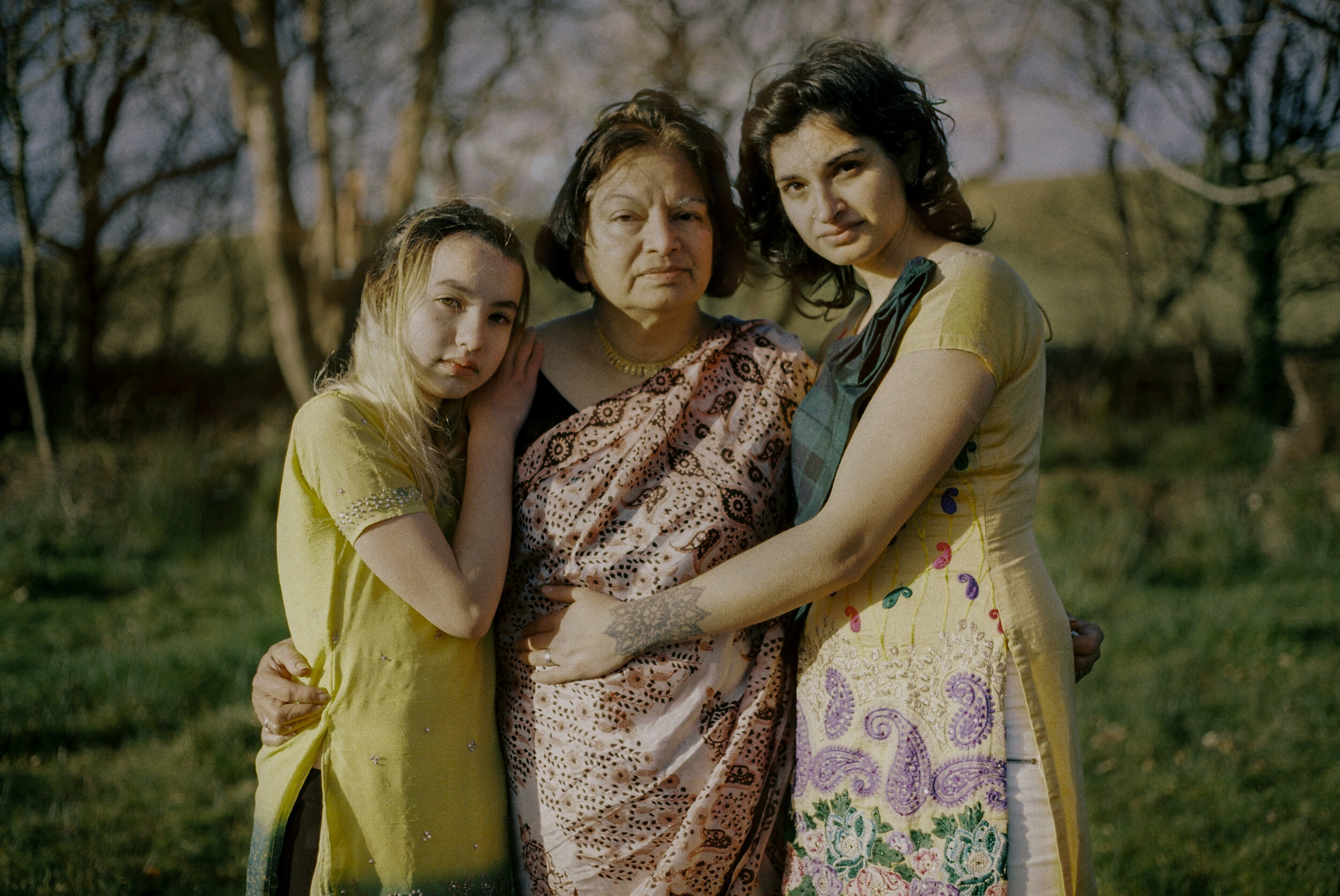
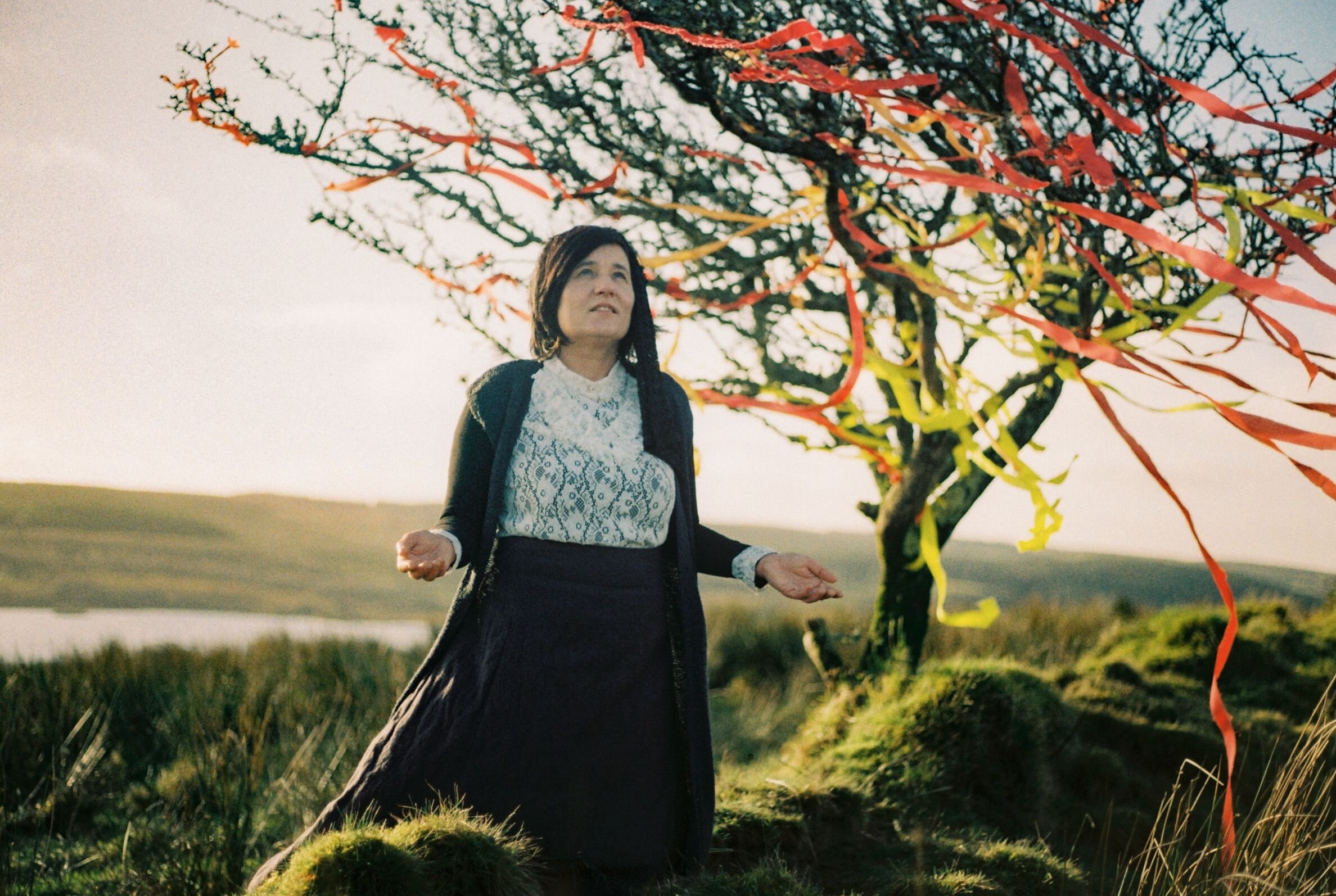
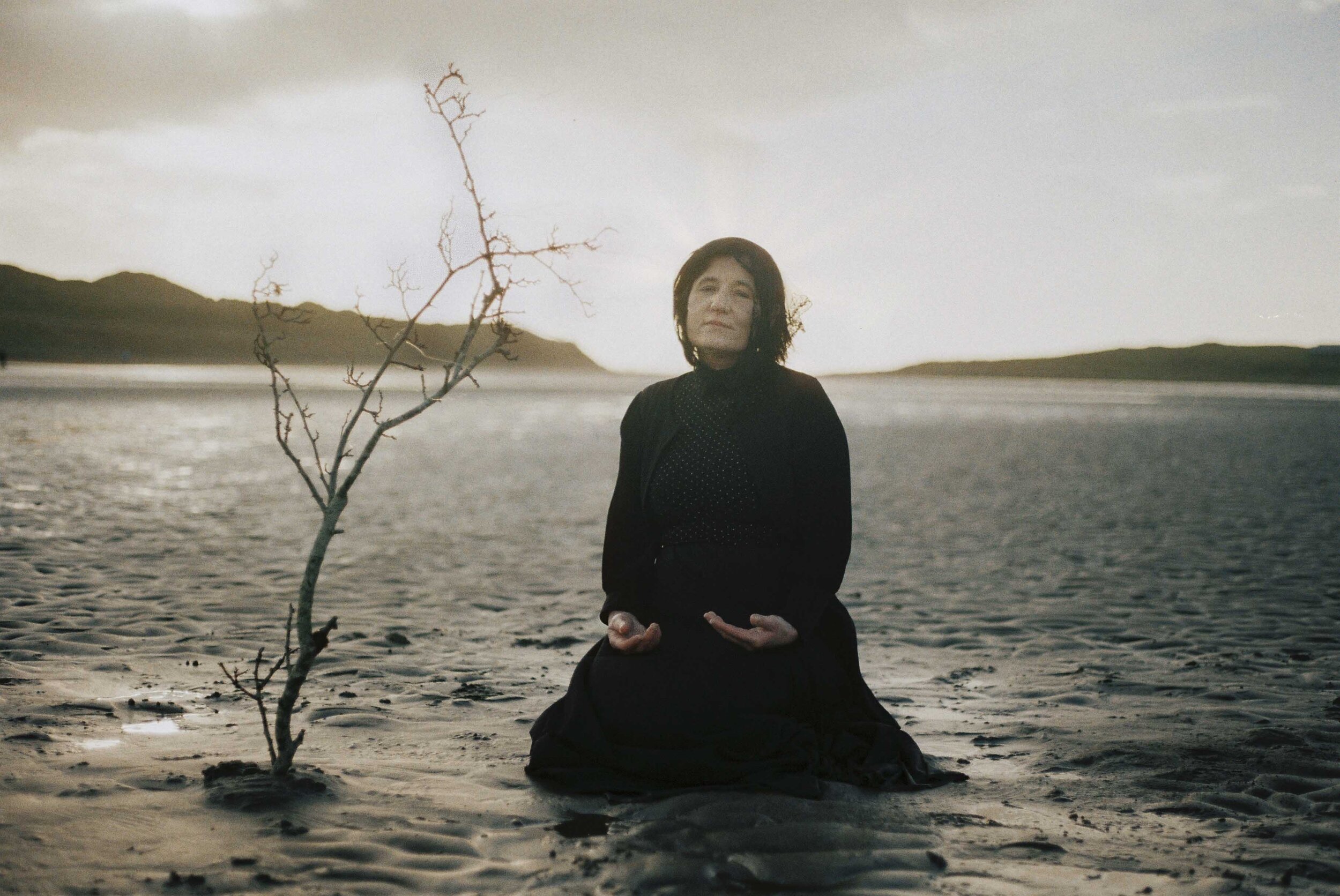




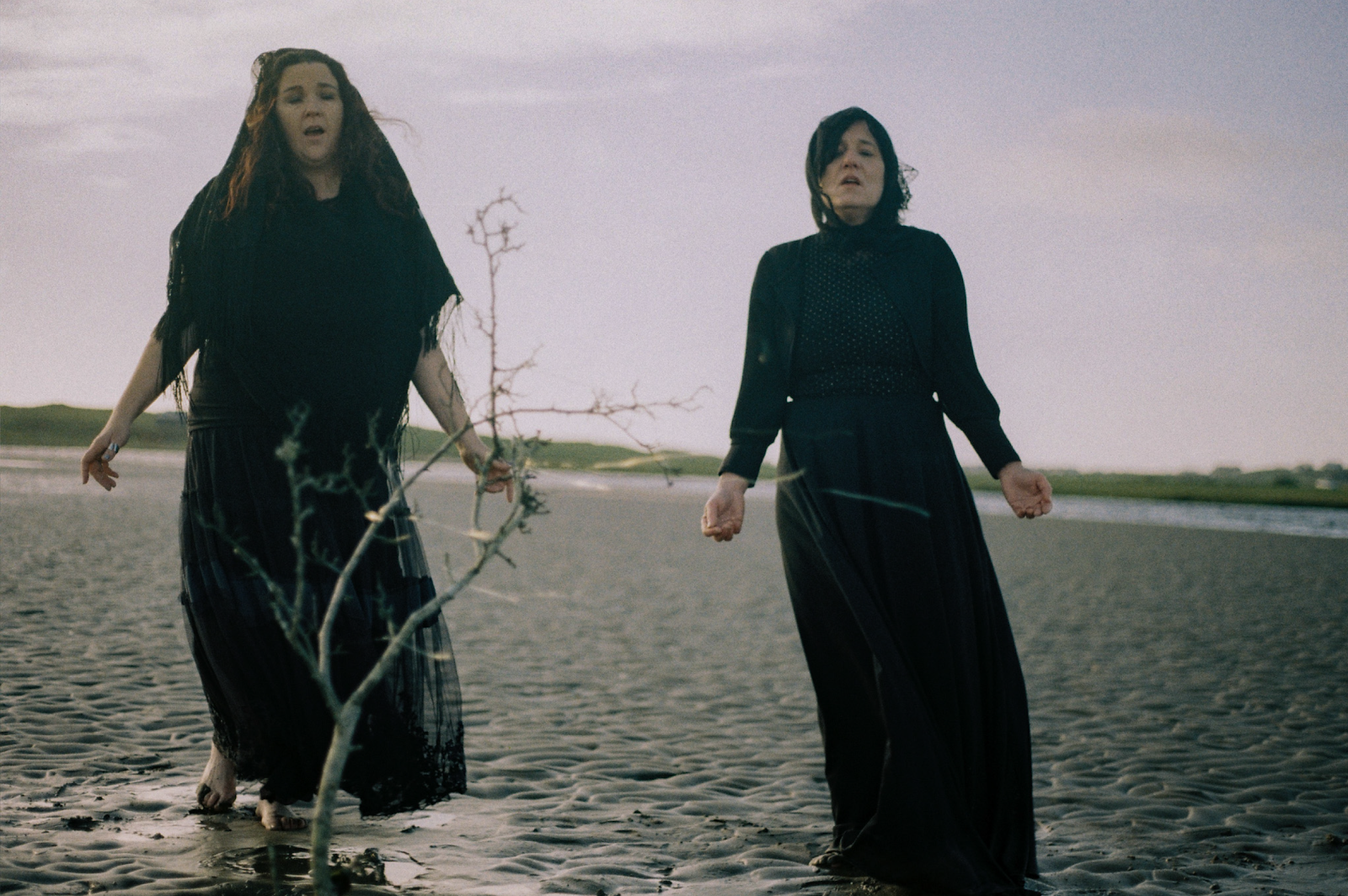
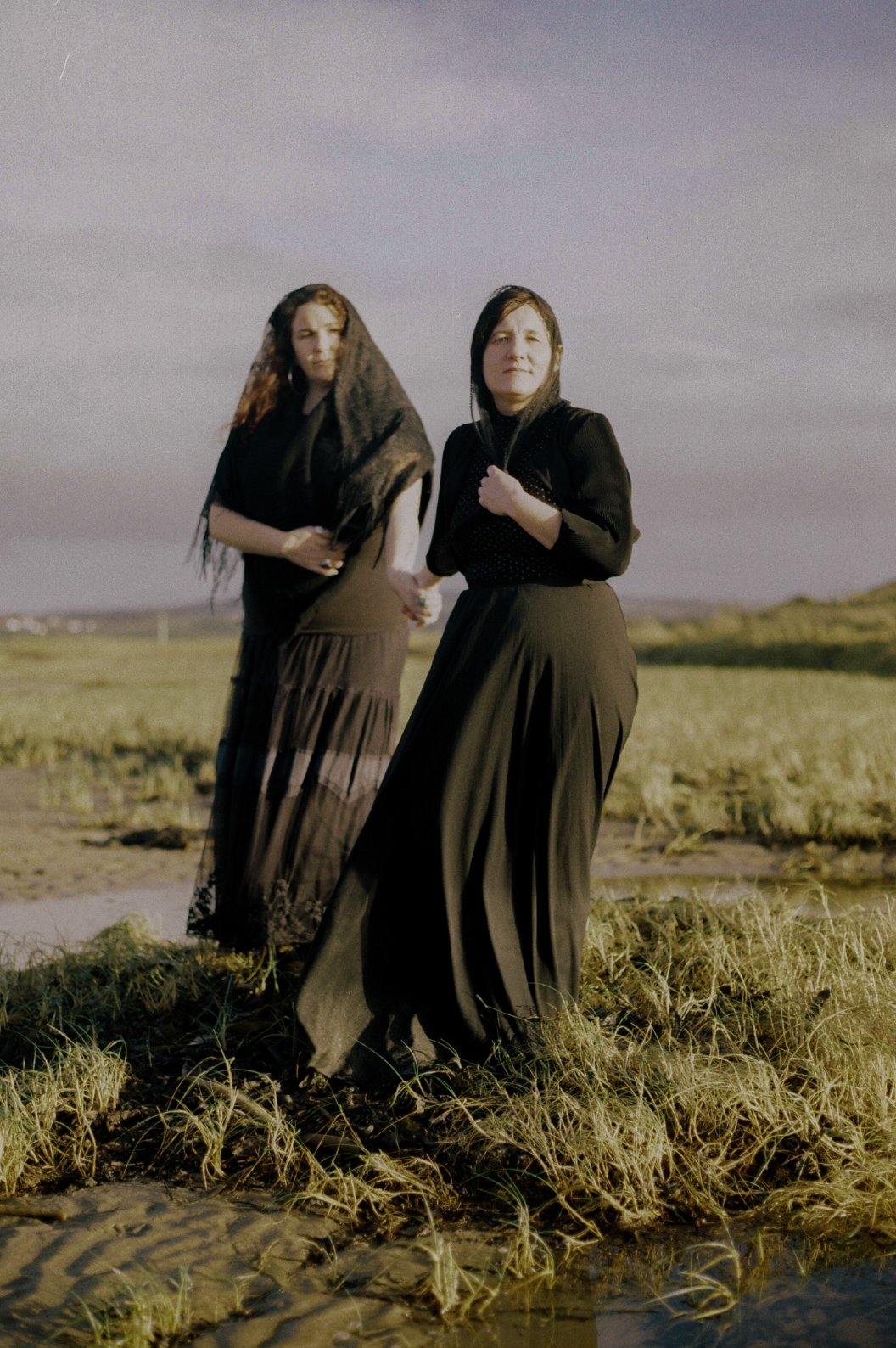
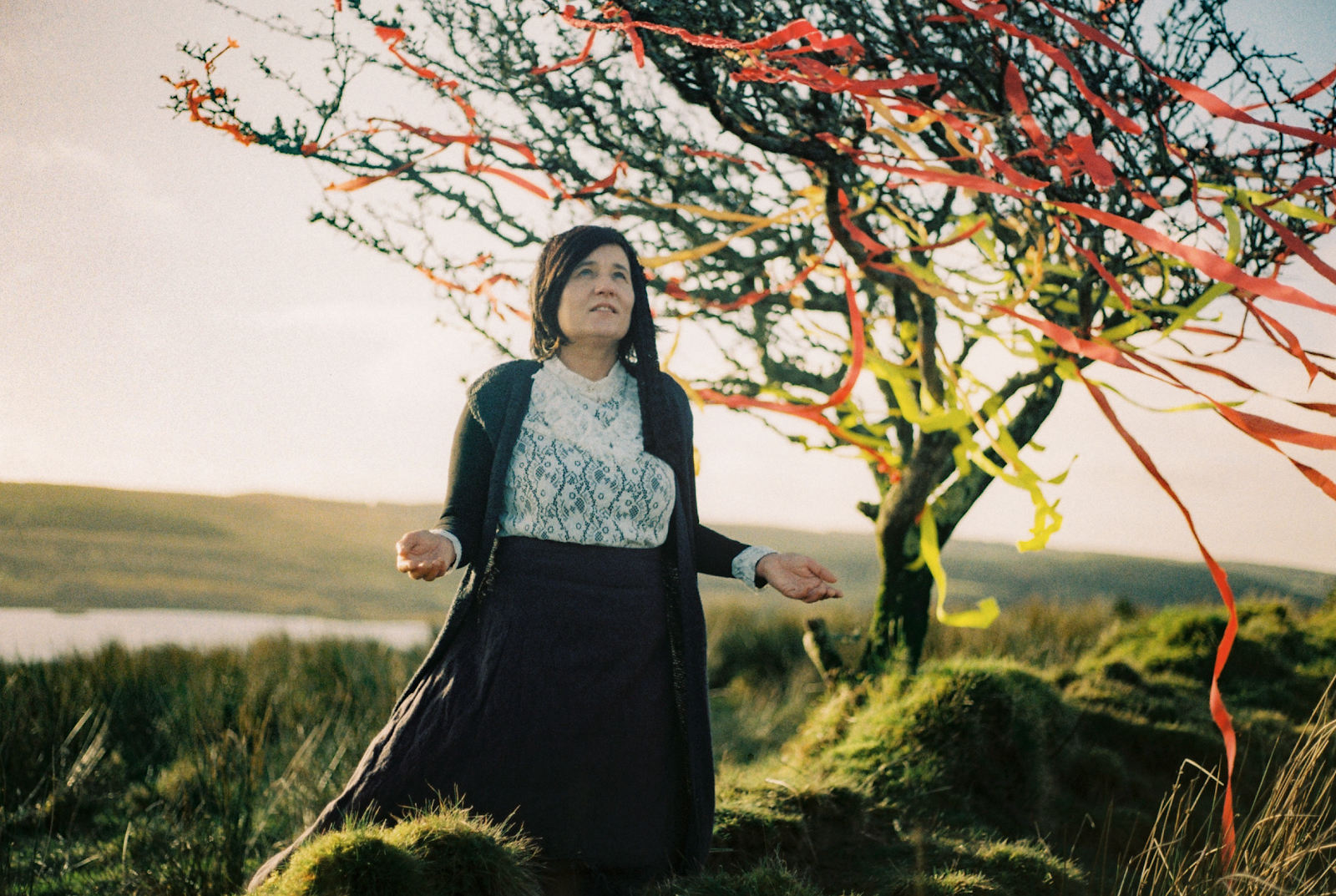



























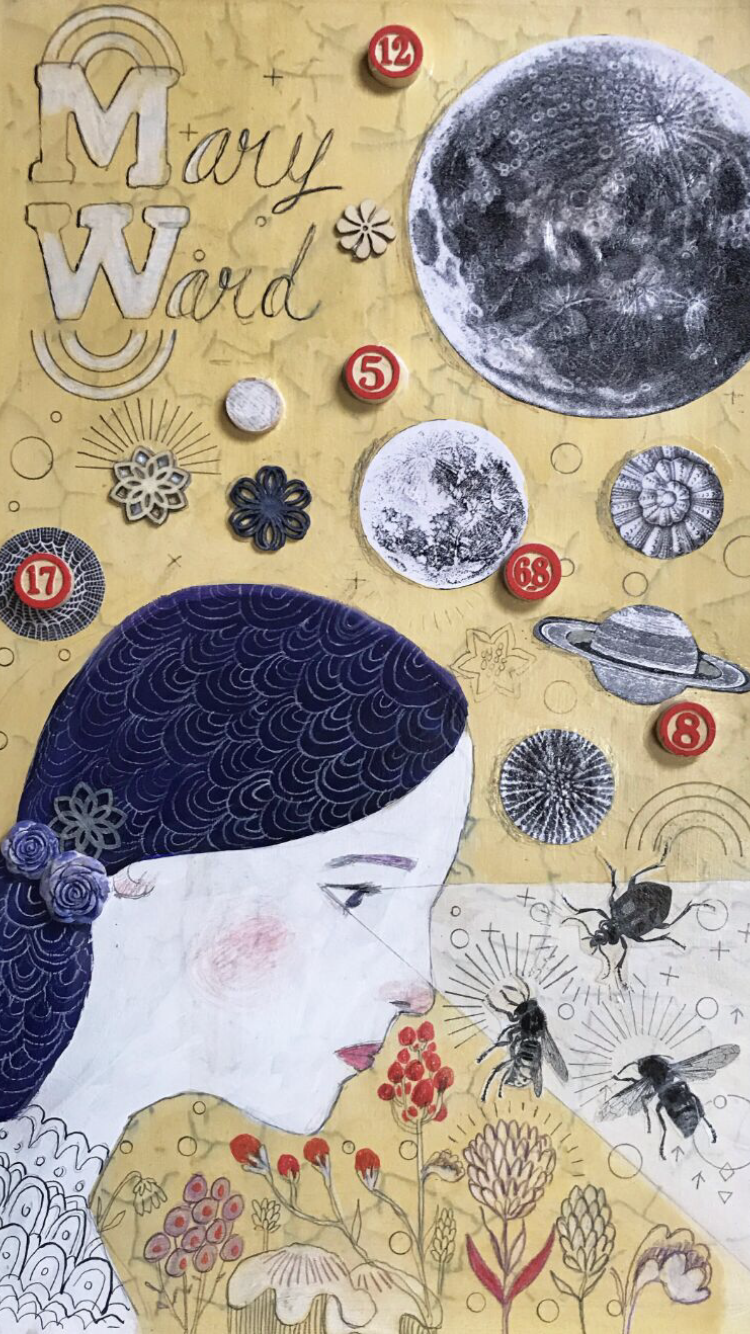











































![Postcard to from Mainie Jellett to ‘Miss H. Clarke’ [Margaret Clarke], 25 August 1937.](https://images.squarespace-cdn.com/content/v1/55f6f3f9e4b0304fcdd9d938/1581425440727-NVQ0PIB5OS3RKHLBYLZG/image8.JPG)





